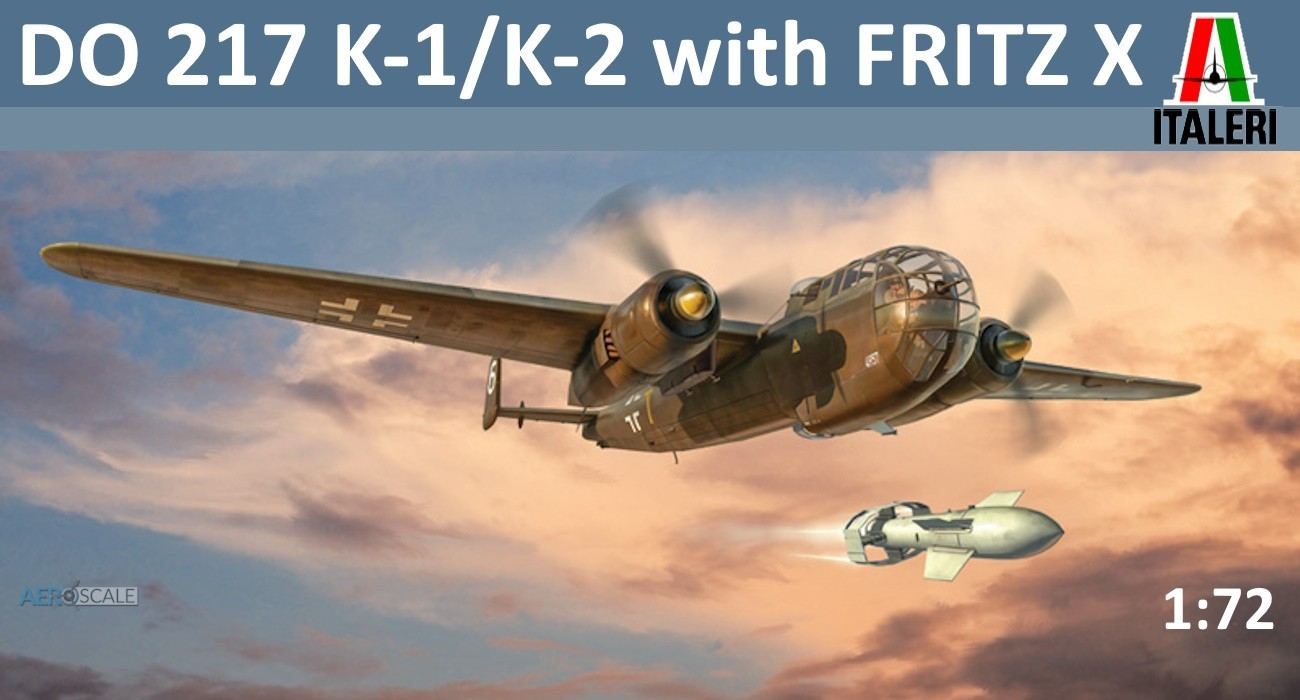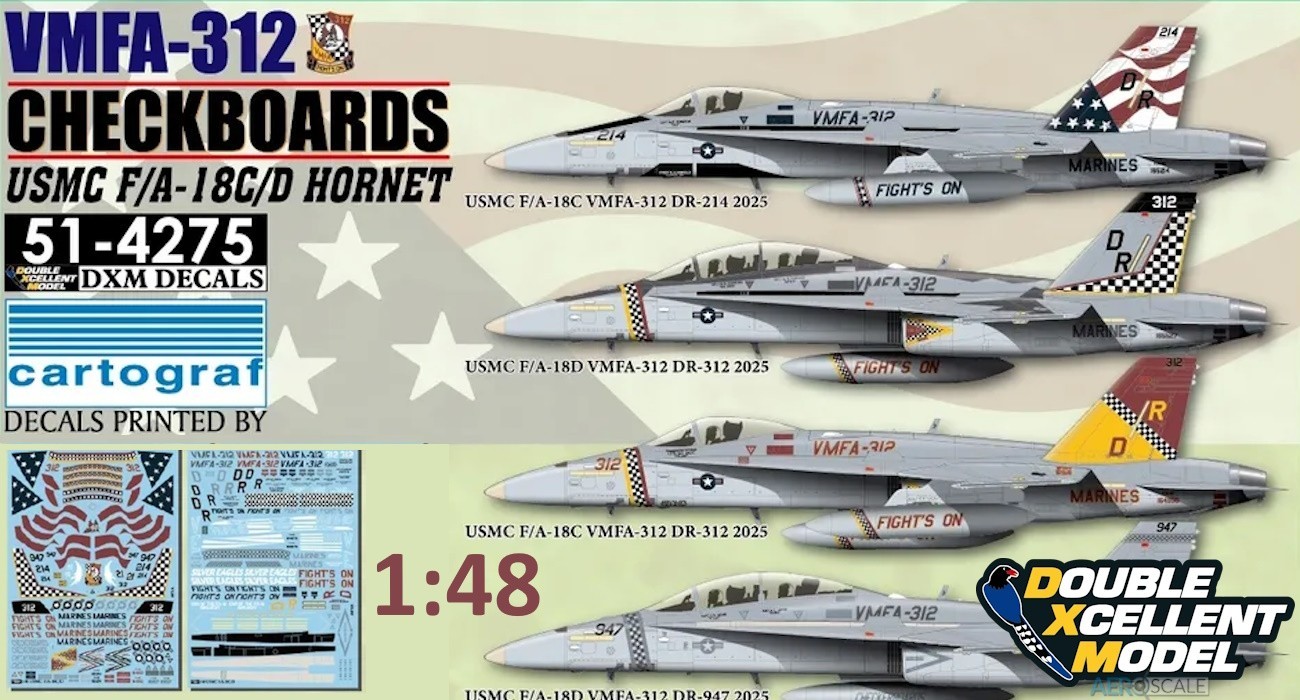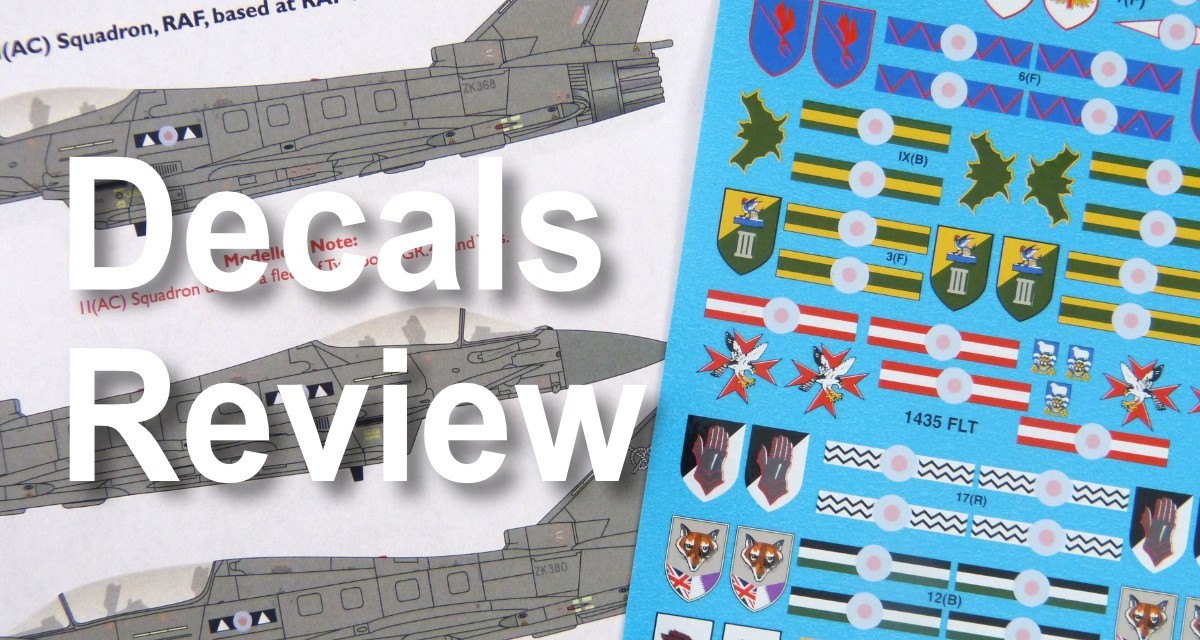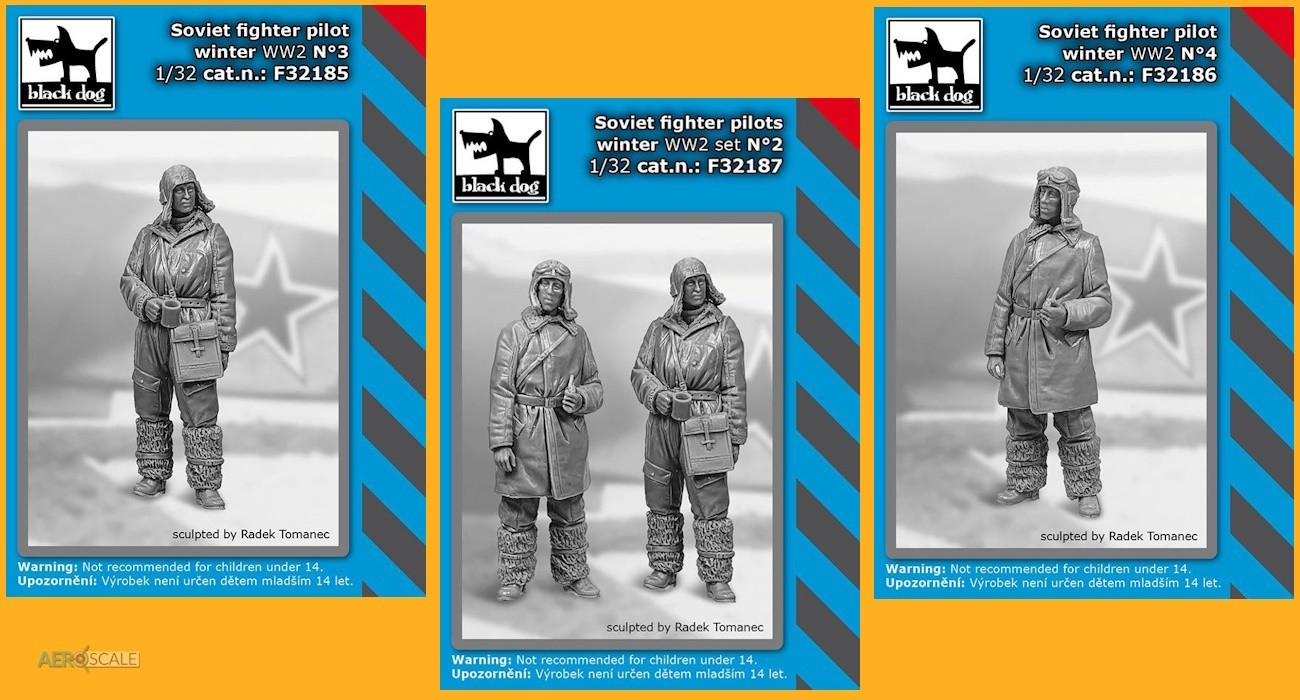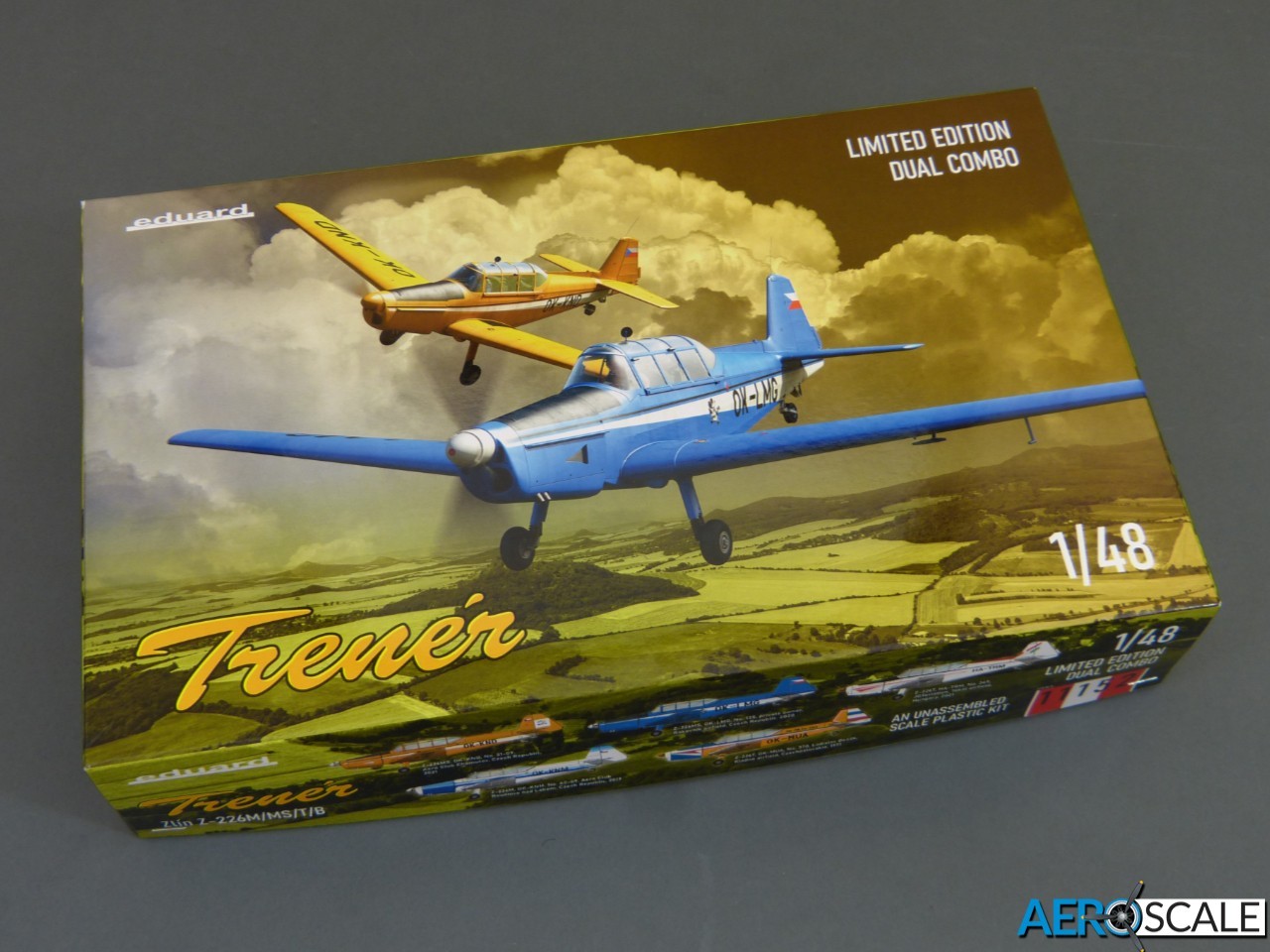
I'll admit up front that I hadn't heard of the Z-226 before Eduard announced their new-tool 1:48 kit, but my interest was instantly piqued because I've always had a soft spot for trainers and lesser known aircraft in general. Quite how I managed to miss Zlin's Trenér family now amazes me because, starting with the Z-26 in 1948, production continued for almost 30 years through a series of models, the mid-'50s up-engined Z-226 being the last to feature a fixed landing gear.
A quick search online reveals many Trenérs still in airworthy condition - including a number posing as "warbirds" in totally spurious Luftwaffe markings - so there's certainly no shortage of colour schemes to inspire anyone building the kit.
Eduard's 1:48 kit covers the Z-226B, T, M and MS versions, and arrives in an attractive top-opening box. Inside, the main runners are in one sealed bag, will the transparent parts and accessories are bagged separately. This is a "dual combo", so parts for two complete models are included. Each one comprises:
122 x grey styrene parts (plus 50 not needed)
10 x clear styrene parts (plus another 11 not used)
75 x photo-etched parts
Add to that:
2 x sheets of washi tape painting masks
Decals for 11 x colour schemes

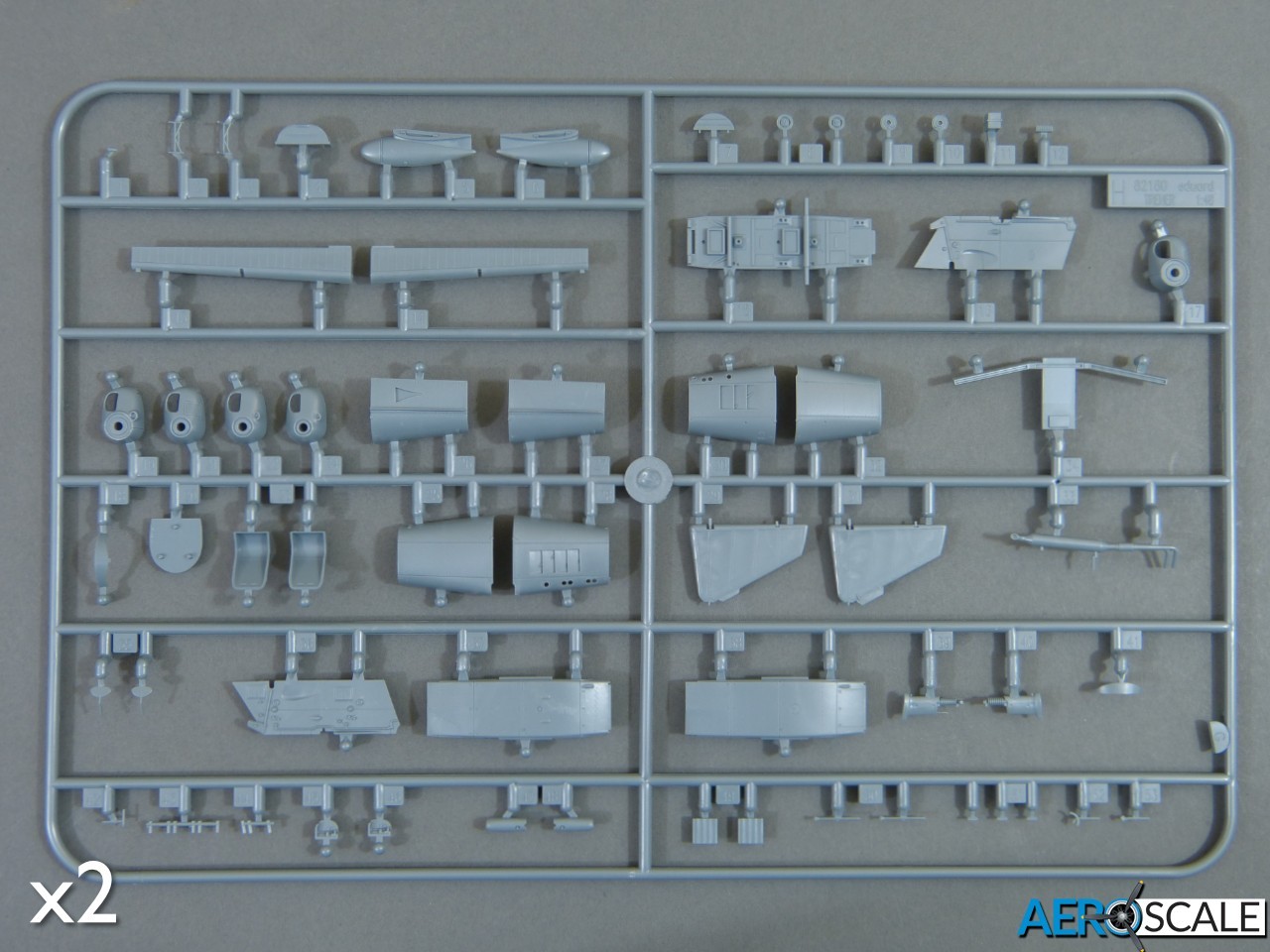


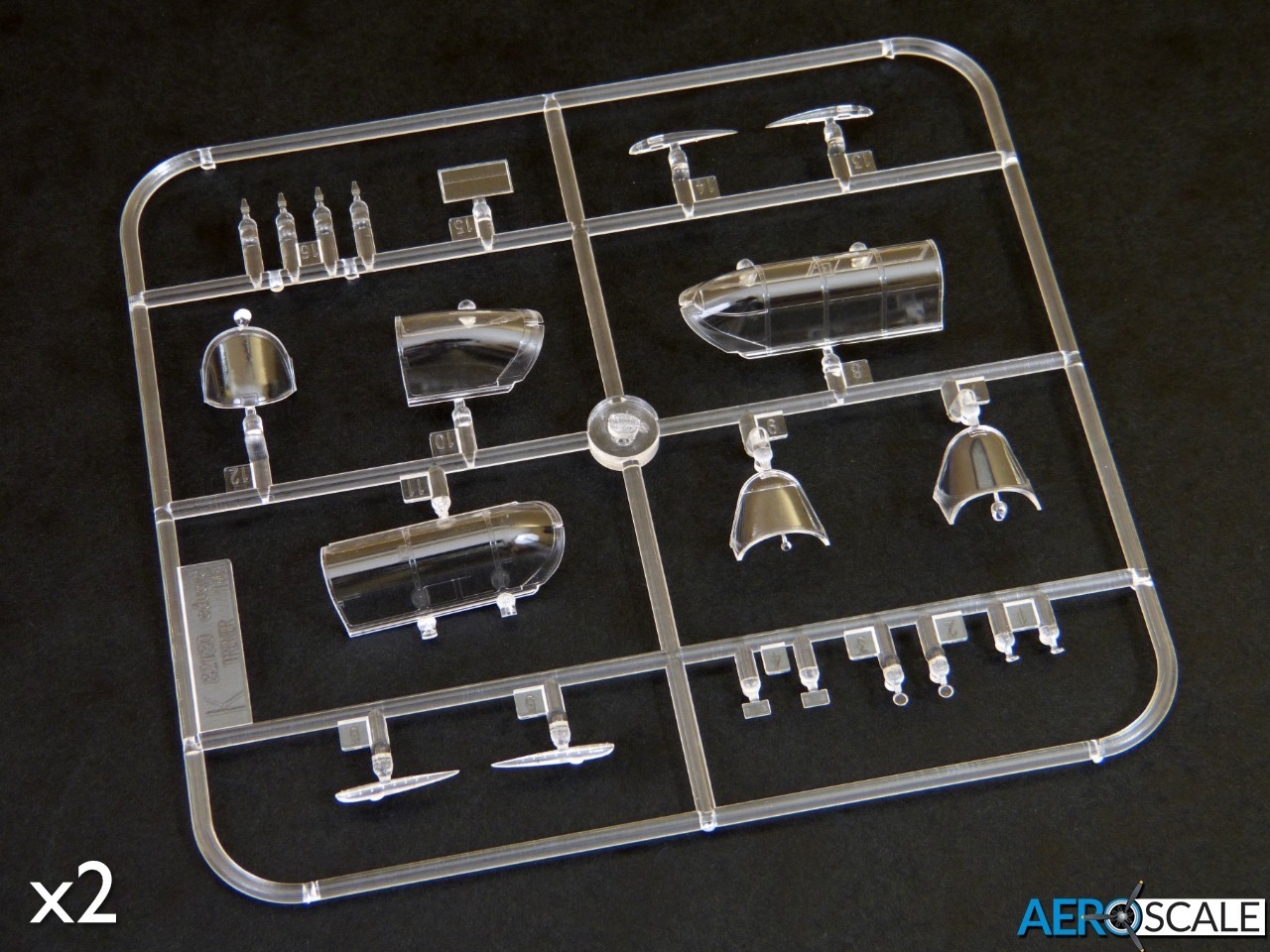

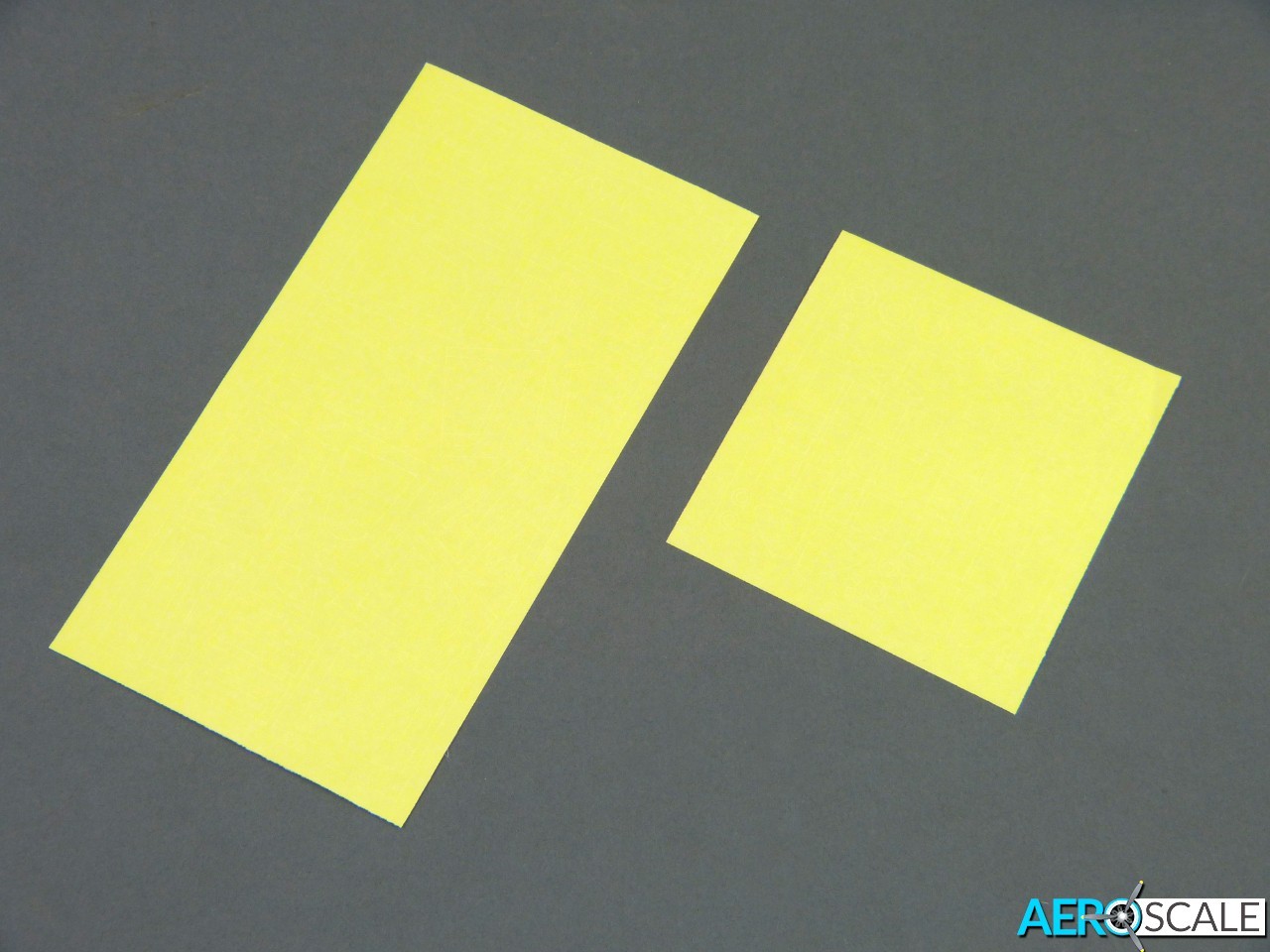
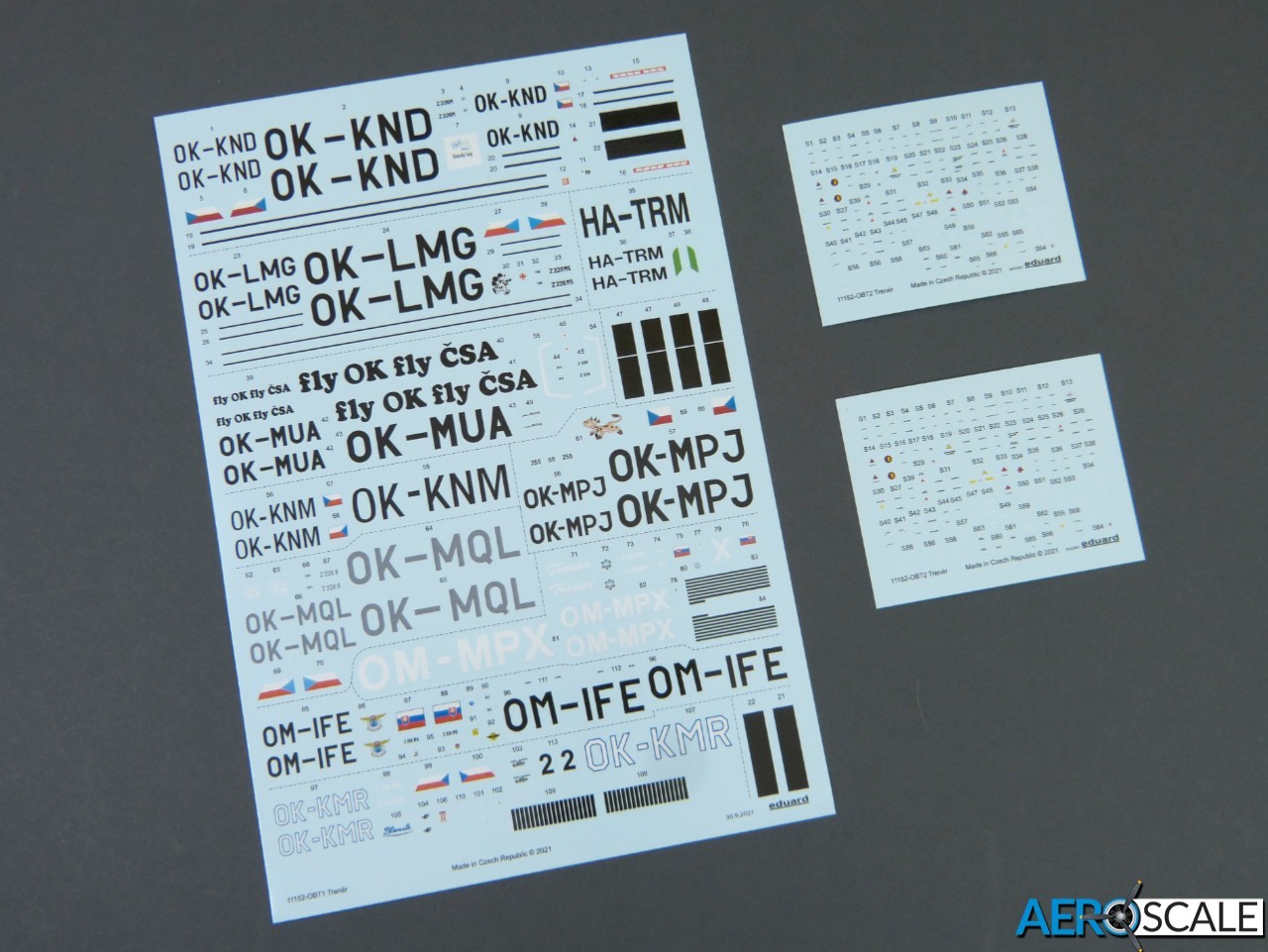
As you'd expect with a brand new kit from Eduard, the moulding is excellent and there's no problem with flash. Ejection pins have been kept out of harm's way, and the only hint of sink marks that I've spotted is at the base of the undercarriage legs where the plastic is thicker. The exterior finish is beautifully done, with delicate rivets and fasteners, plus crisply defined louvres and other details. Fabric surfaces are represented nicely taught, as you'd find on a well-maintained airframe, and the ribs are less prominent than in some older kit (a change for the better in my opinion).
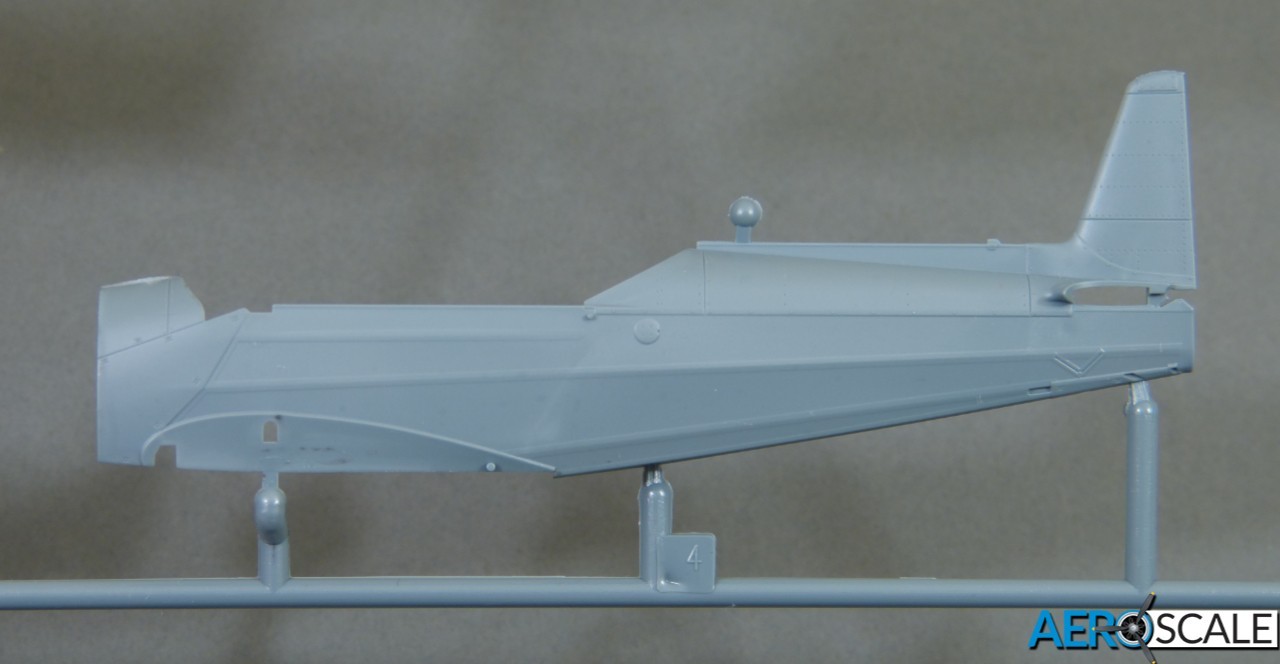
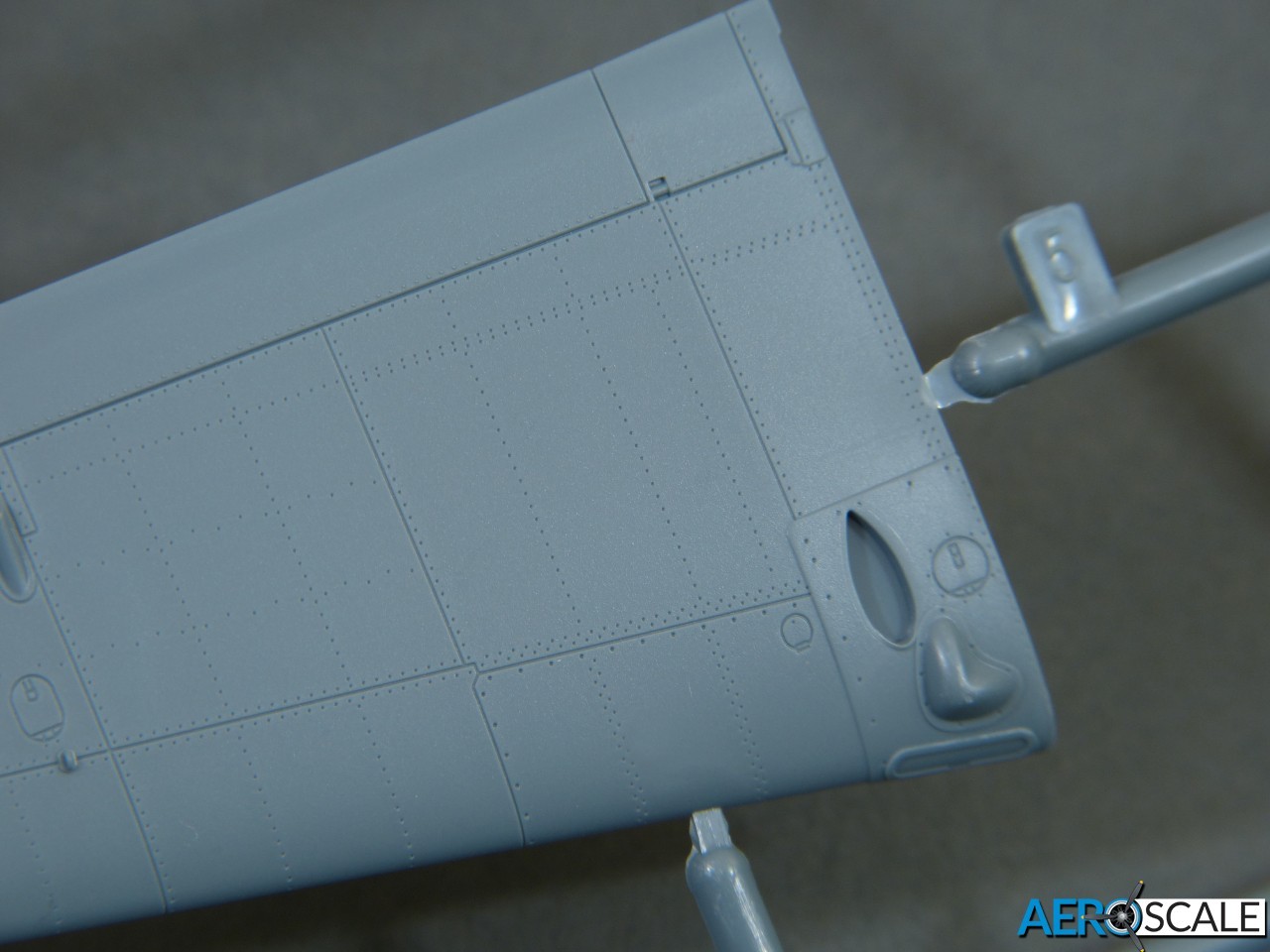
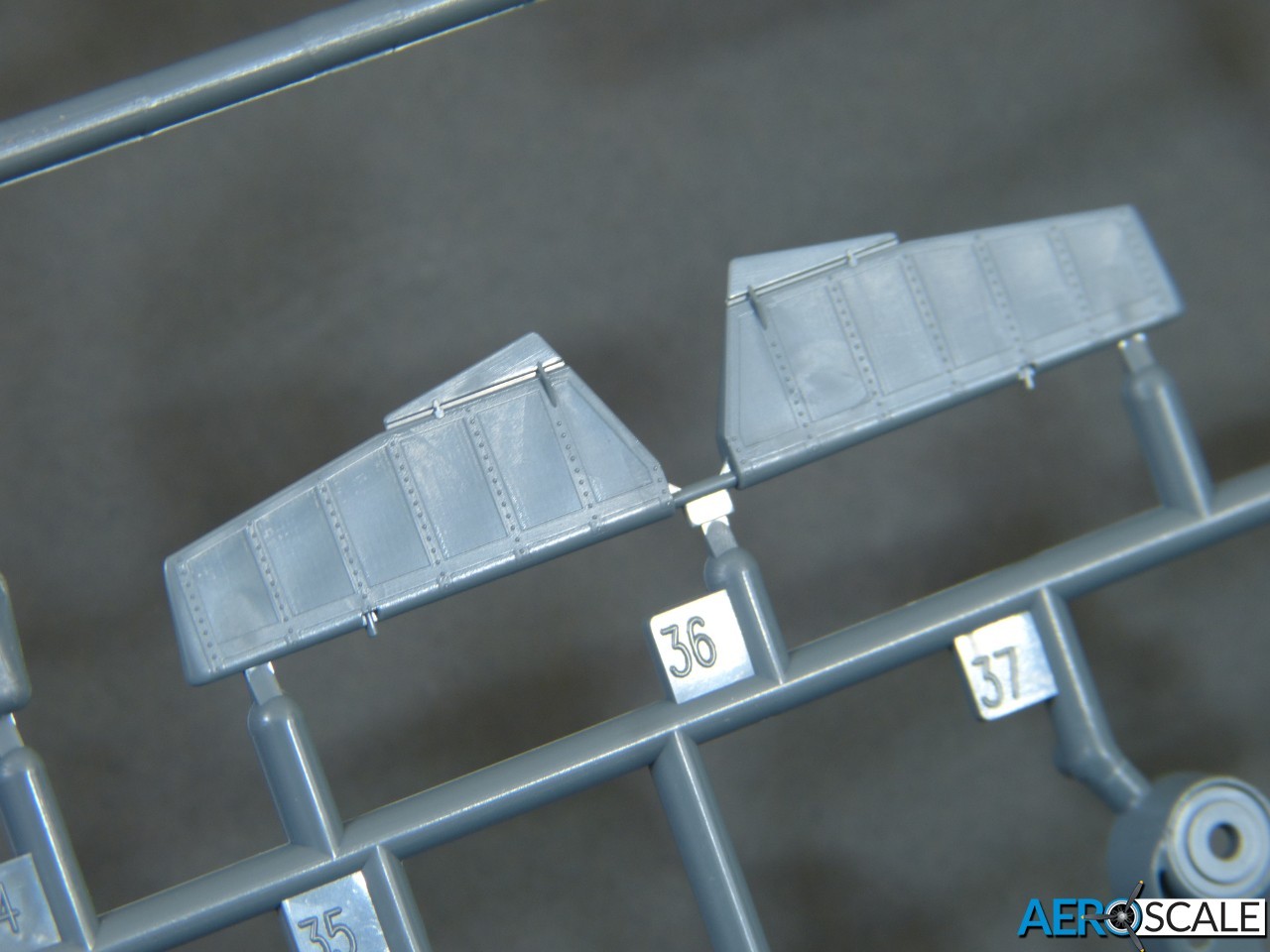
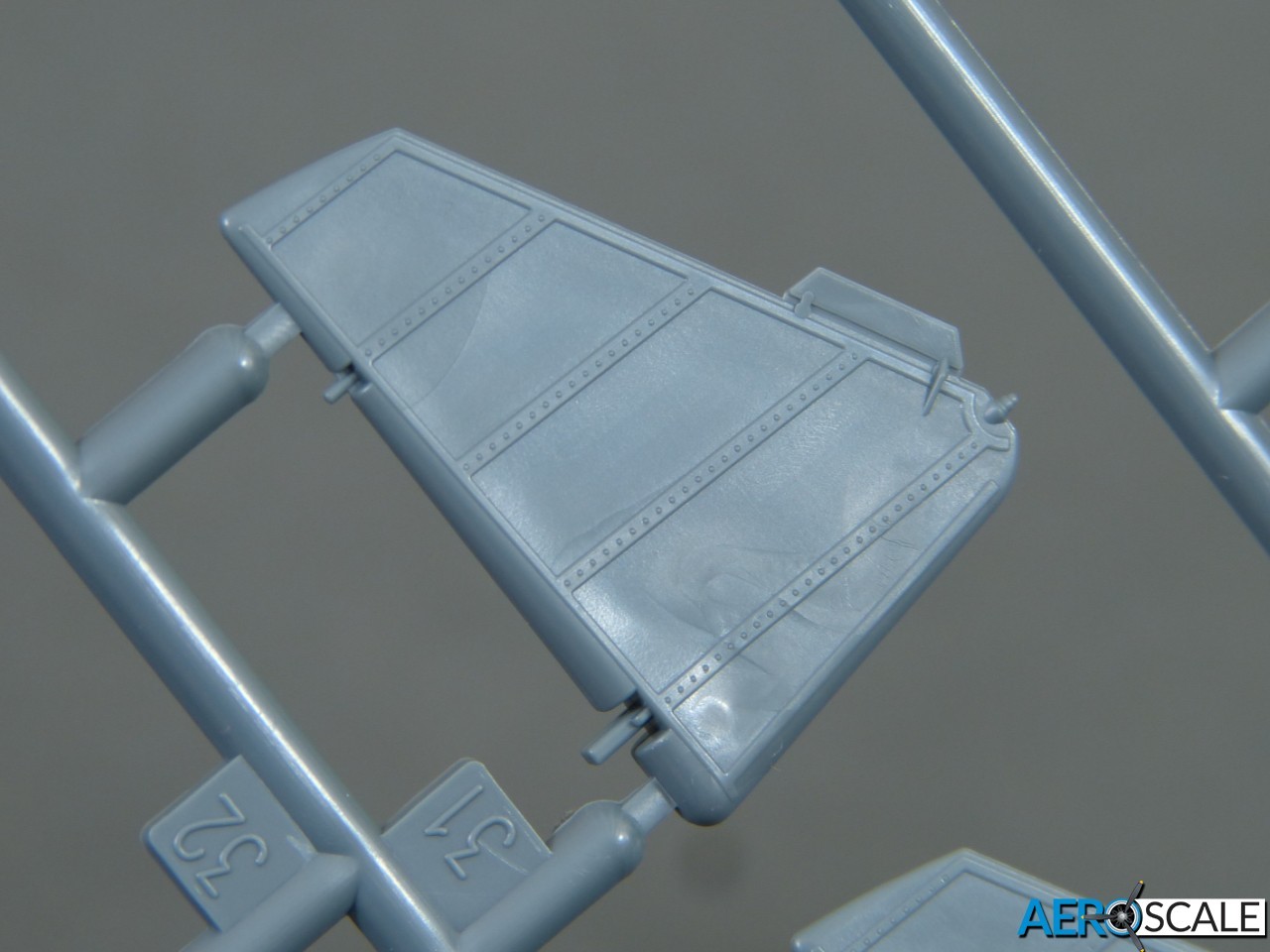
A quick dry-assembly of the main parts is very encouraging. The fuselage halves clip together neatly, with most of the dorsal spine moulded on one half, completely disguising the seam.
There isn't a full-span lower wing piece (the belly panel is a separate part - presumably to allow for later versions), so the individual wings butt-join to the fuselage with quite a complex shape at the wing roots due to the high angle of dihedral. The fit is excellent thanks to the precise design and moulding, with supporting lugs extending from the cockpit floor through the wing roots at the point of the full-size spars, plus a separate functional spar which attaches under the floor. If you're careful, you shouldn't need any filler at the roots. In fact, having separate wings could actually prove an advantage when it comes to painting some of the more elaborate colour schemes featured in the kit.
A Few Details
Overall, the Z-226 is quite a simple model, but with plenty of detail piled into the 40+ parts cockpit, which you can build configured for single- or dual-control. The seats include etched harnesses in a choice of colours, while there are several styles of instrument panel. Eduard include both styrene and colour-etched panels and, unusually, haven't provided decals for the former. To be honest though, the etched panels look so good, I'd use them without hesitation anyway (note, as usual, their speckled appearance in the close-up photos isn't visible to the naked eye).



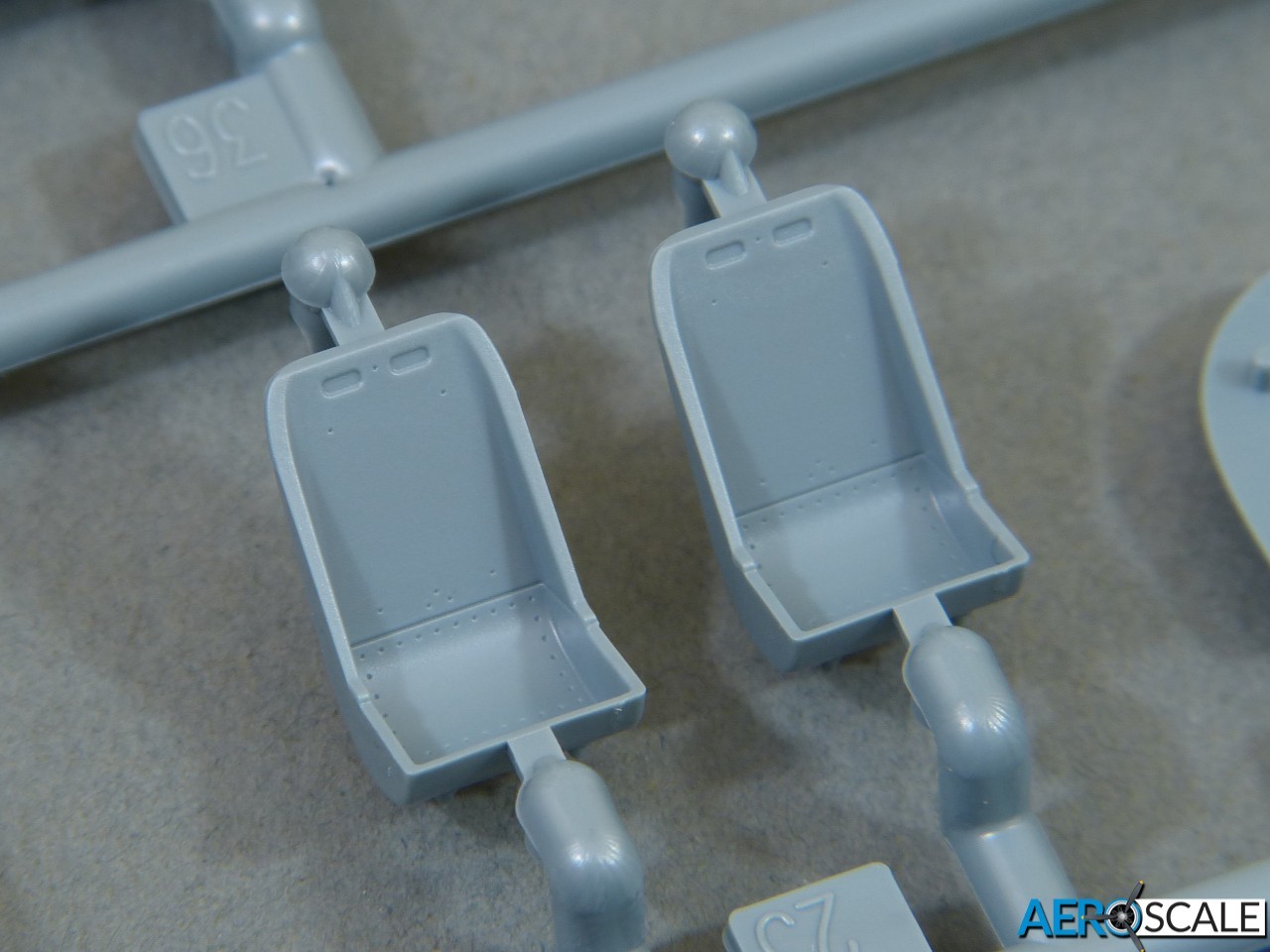
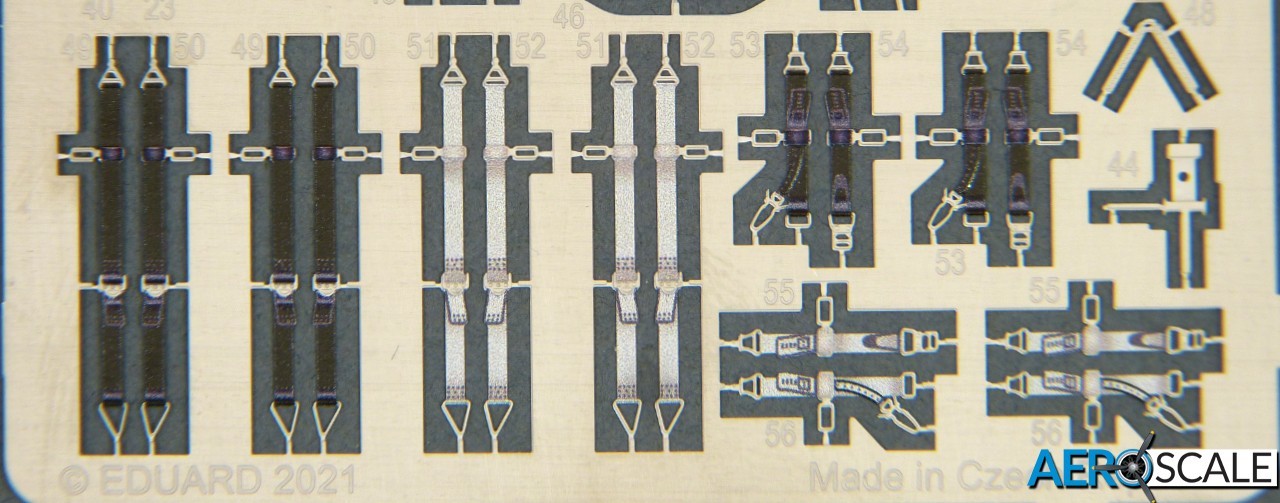

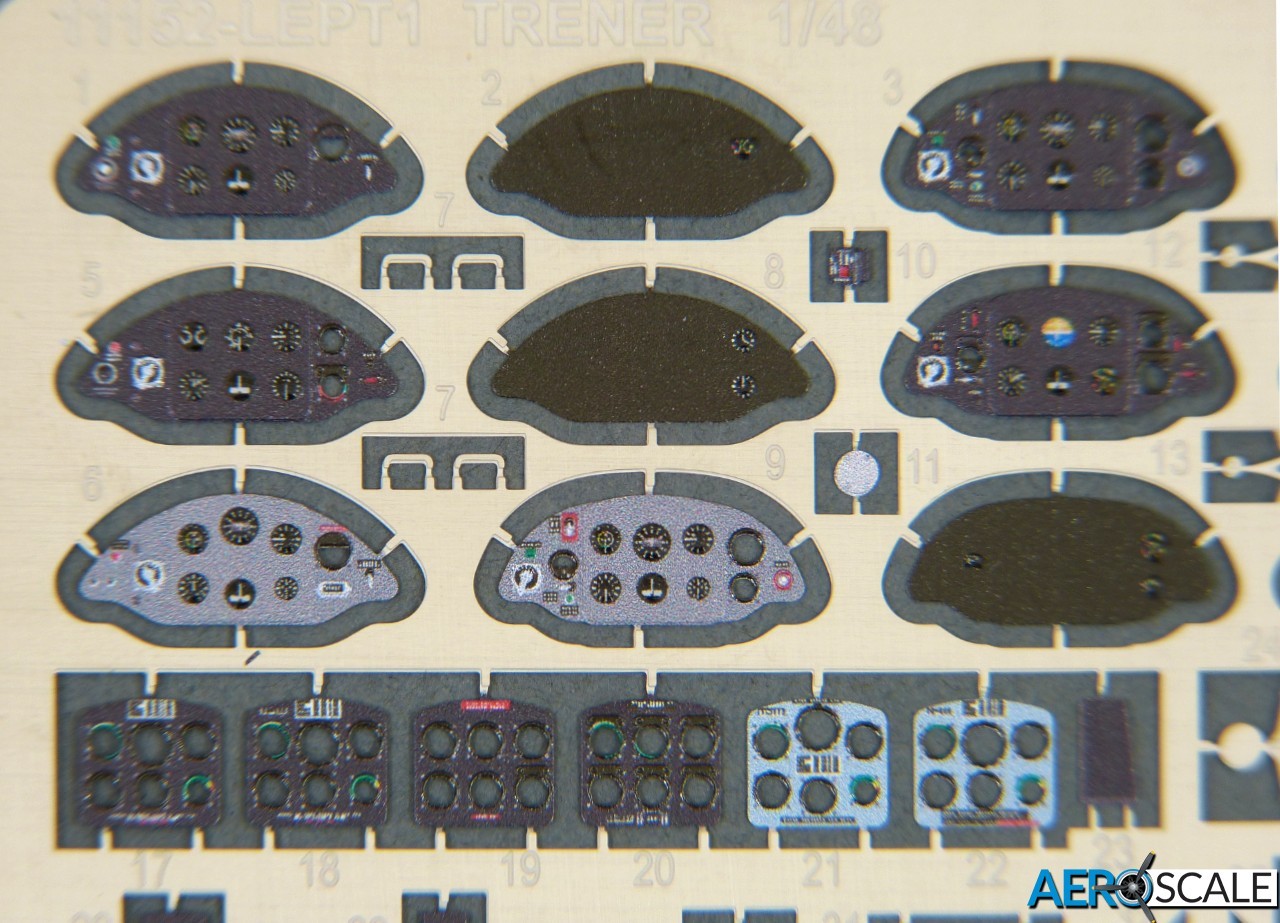
The cowling includes alternative parts to cater for several configurations. A small insert effectively depicts the front of the engine and prevents an empty look.
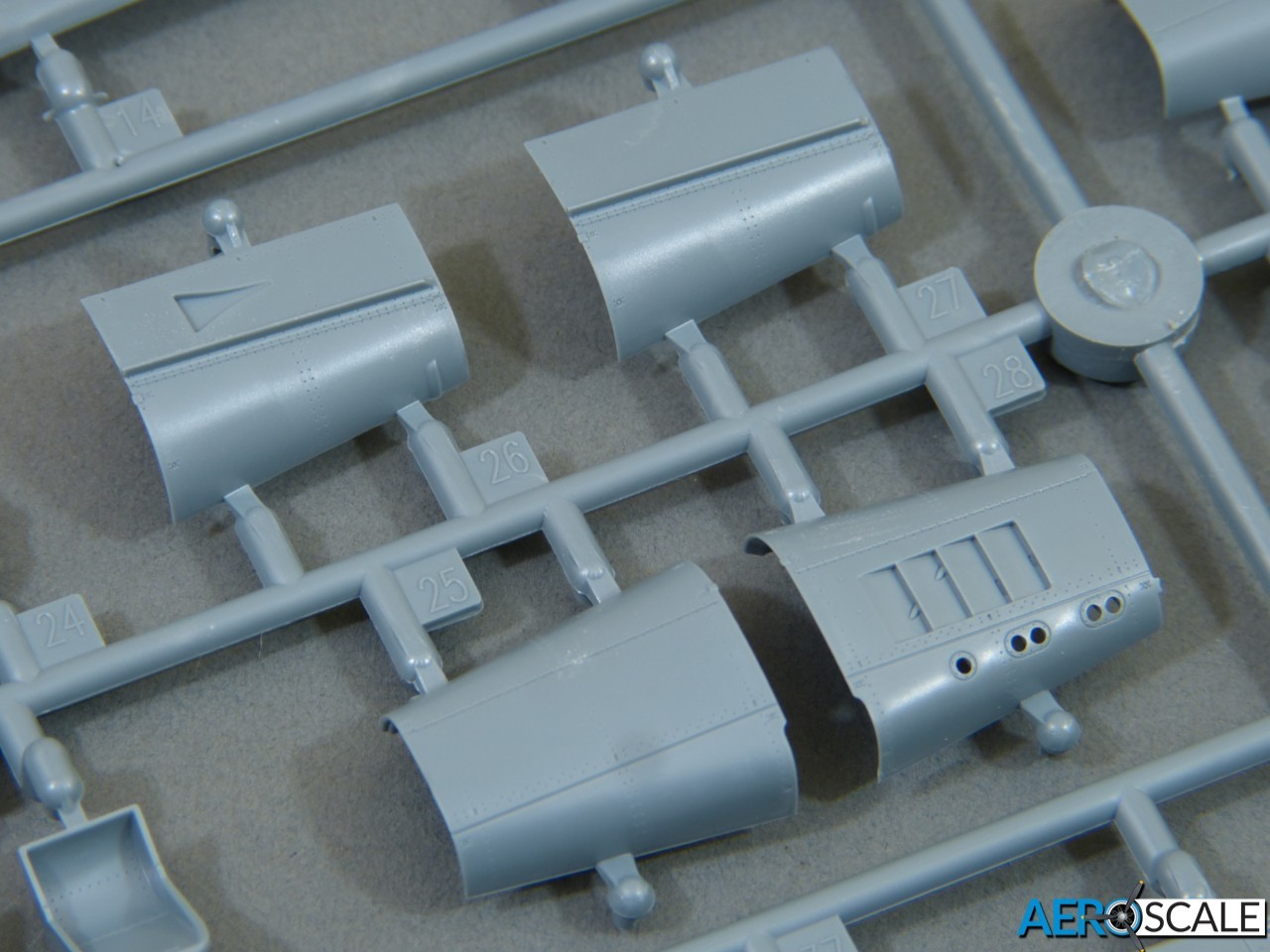

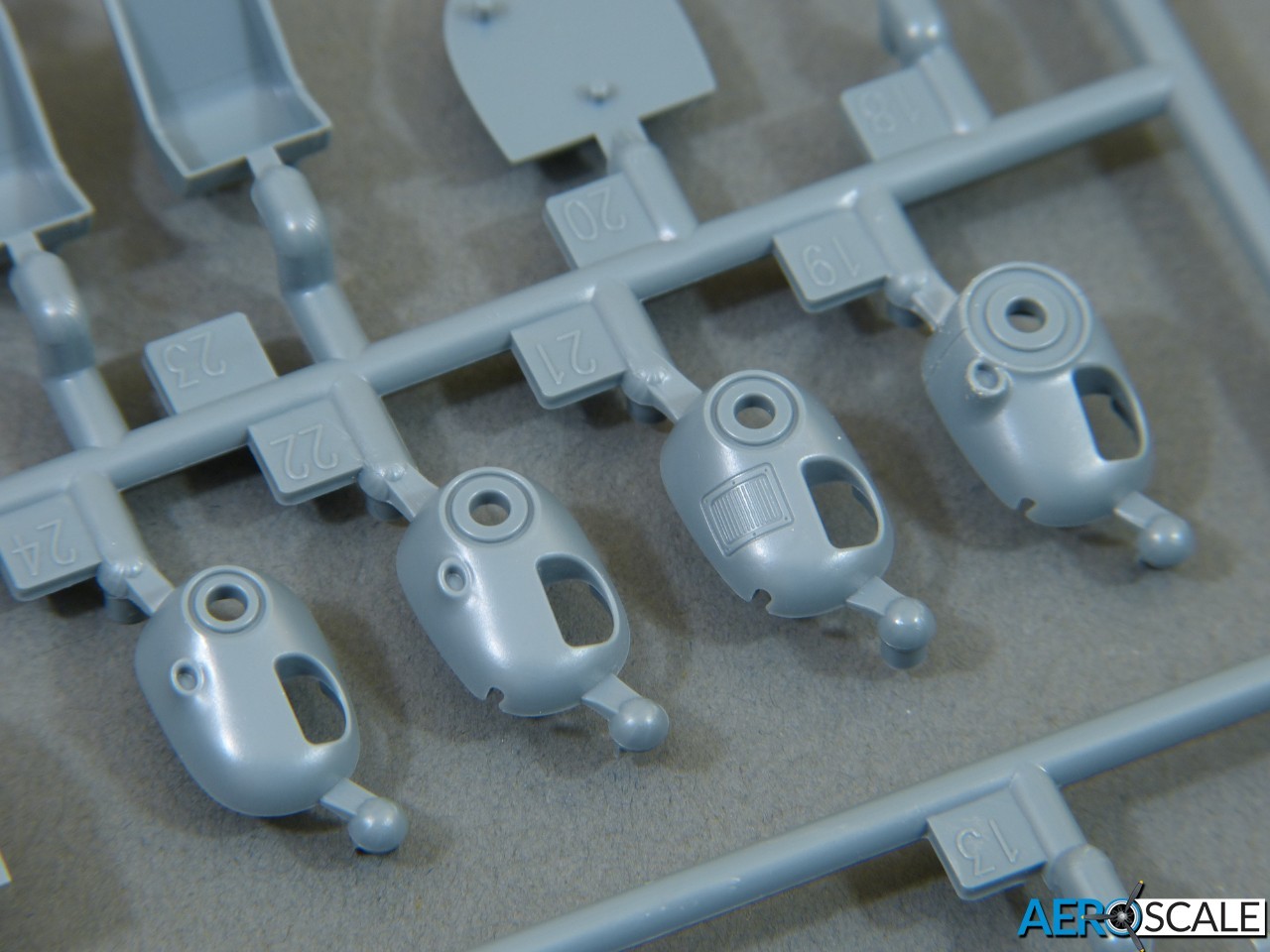
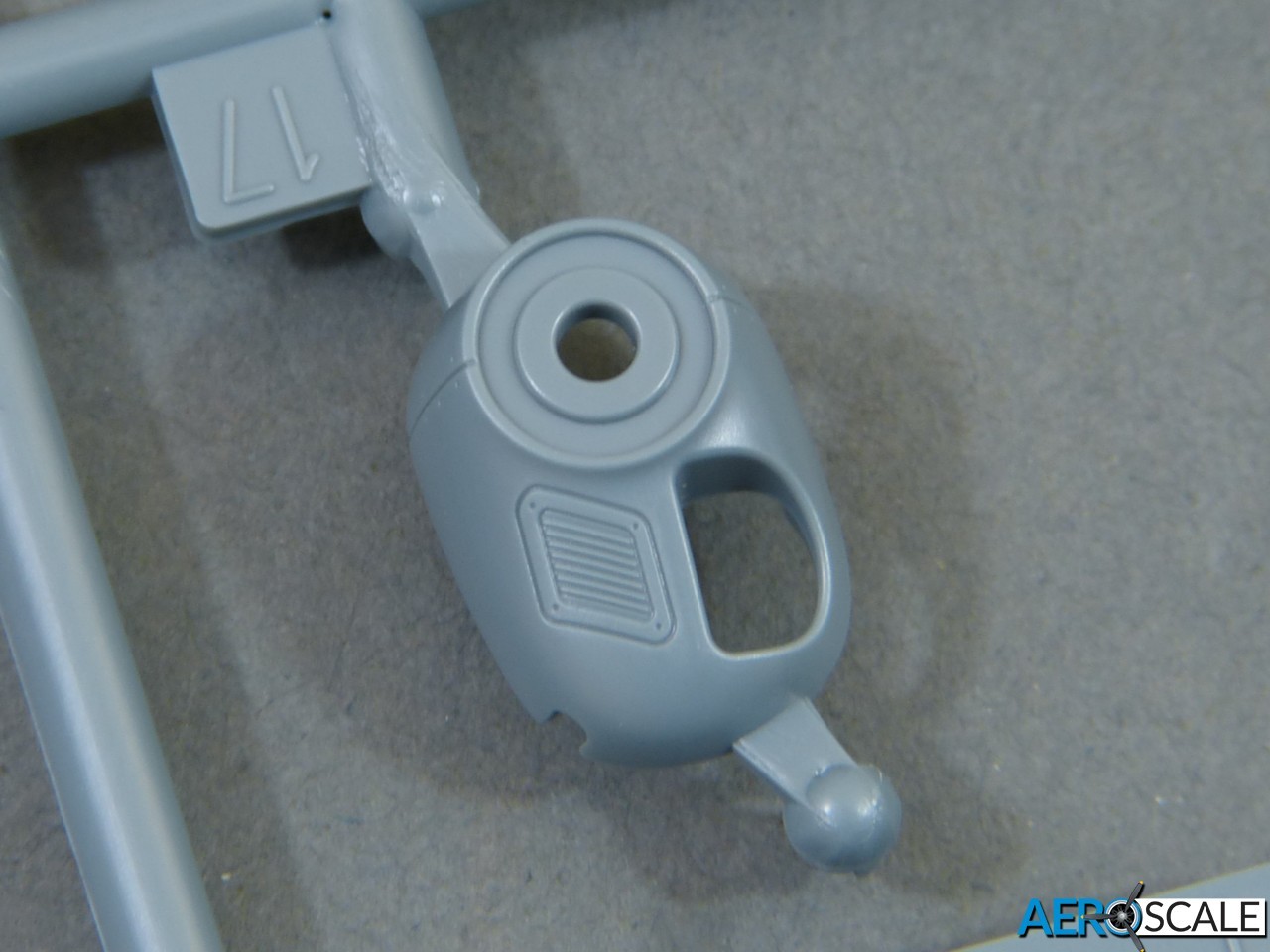
The main undercarriage is simple and sturdy, with crisp detail on the wheels and their separate hubs. The tyres are moulded unweighted, but it will be easy enough to sand small flats to give the model a realistic "sit".

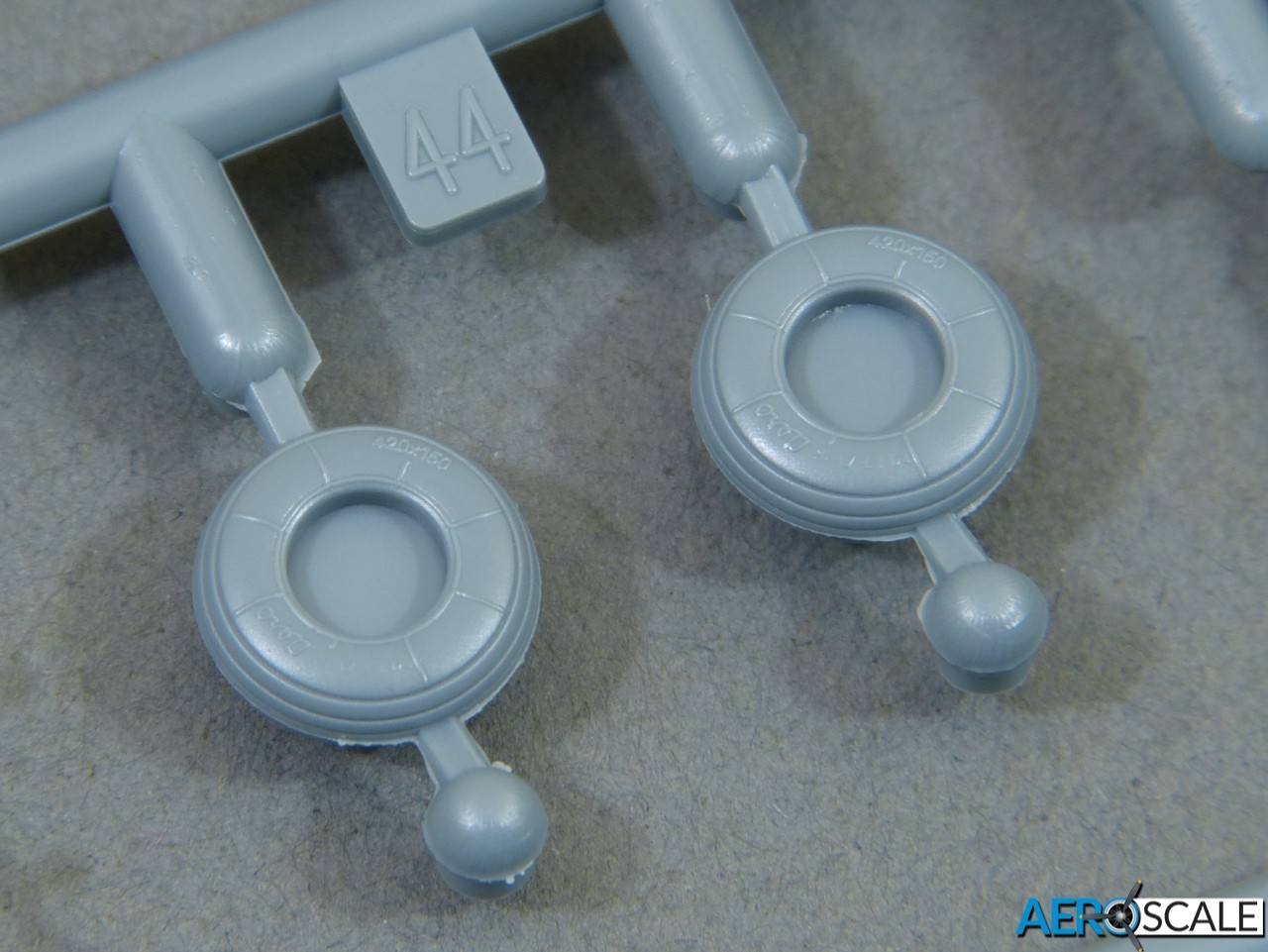
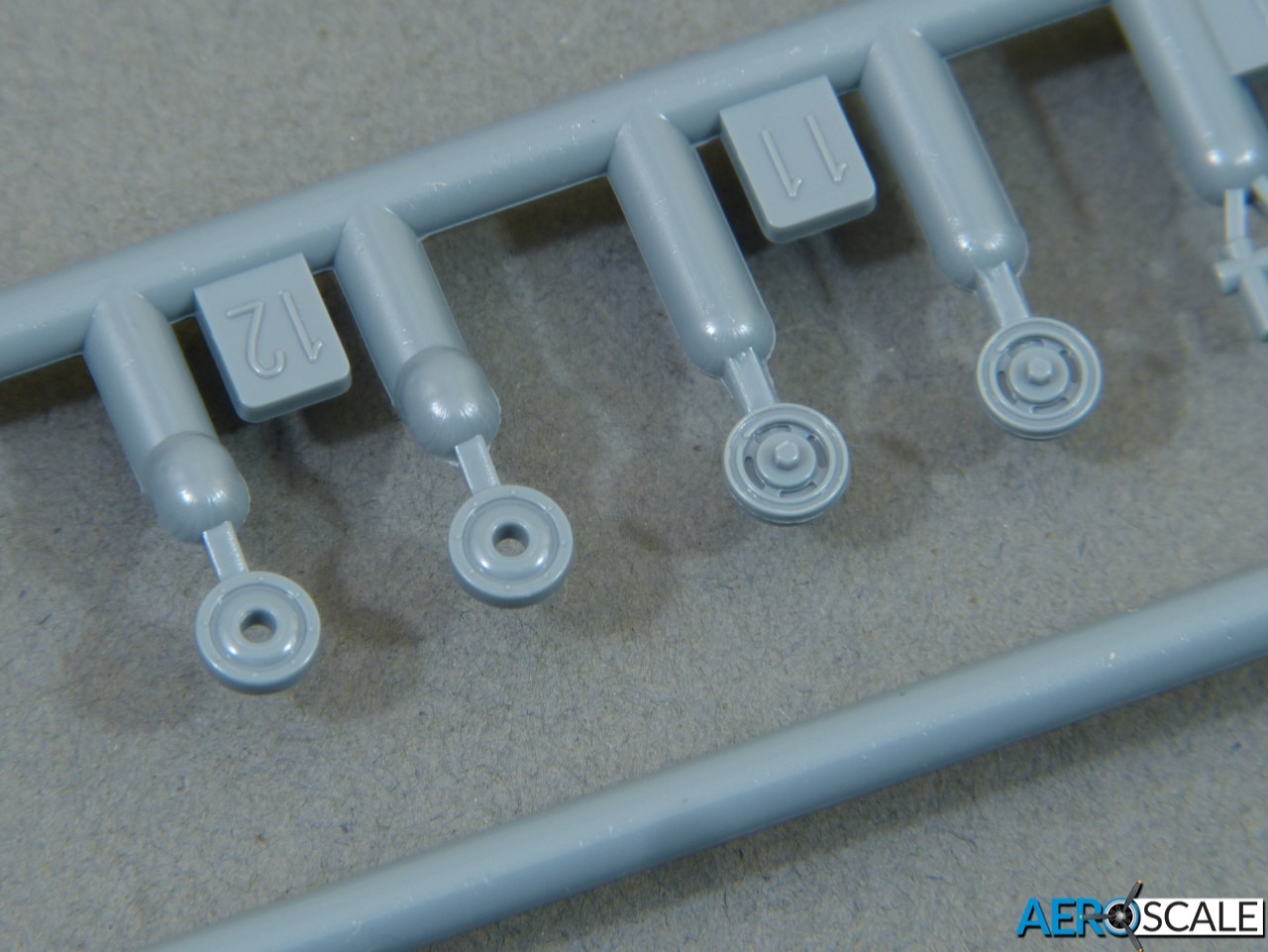
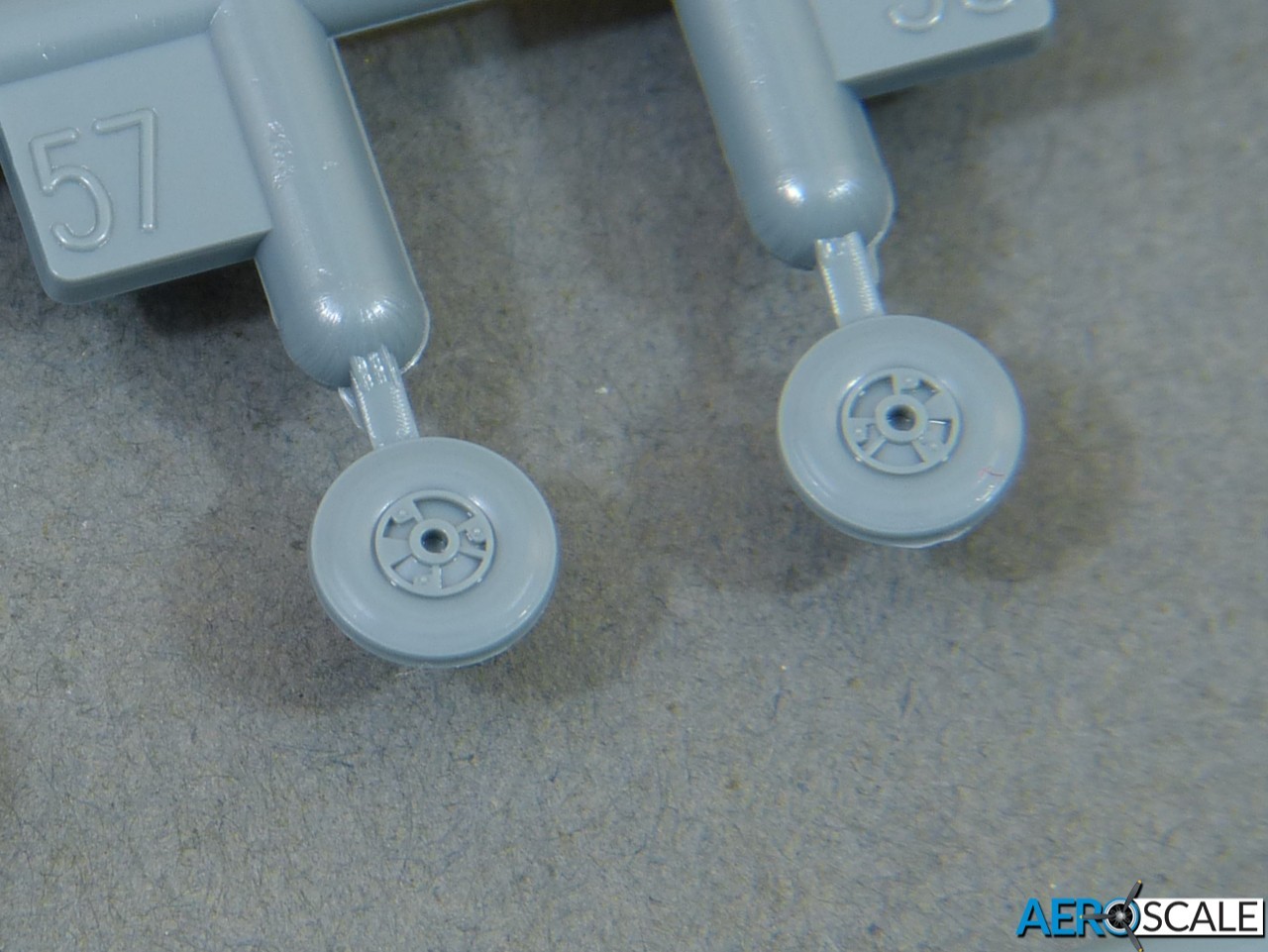
The kit includes three styles of propeller for the featured aircraft (with a further three left on the runners for future releases).
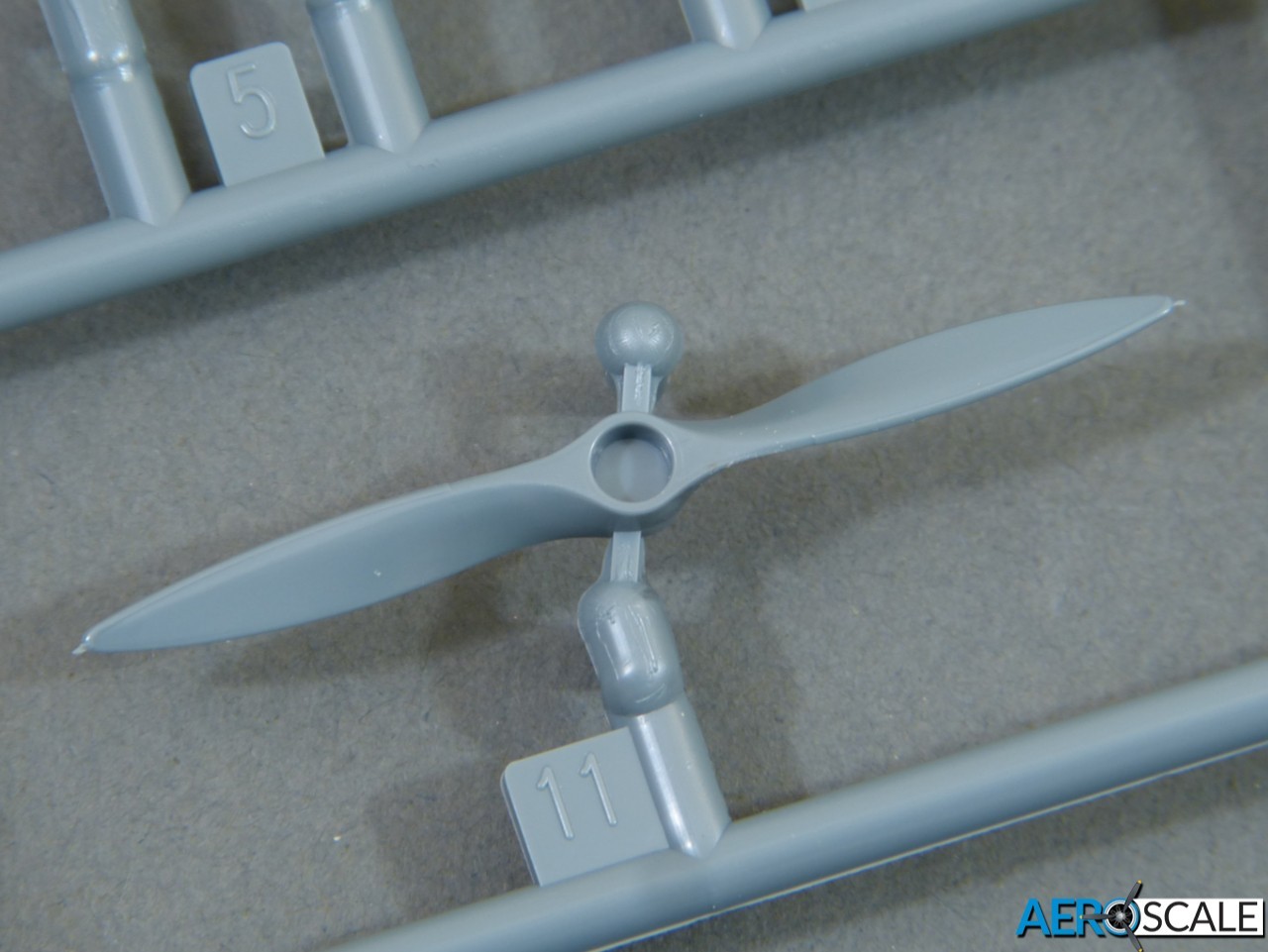
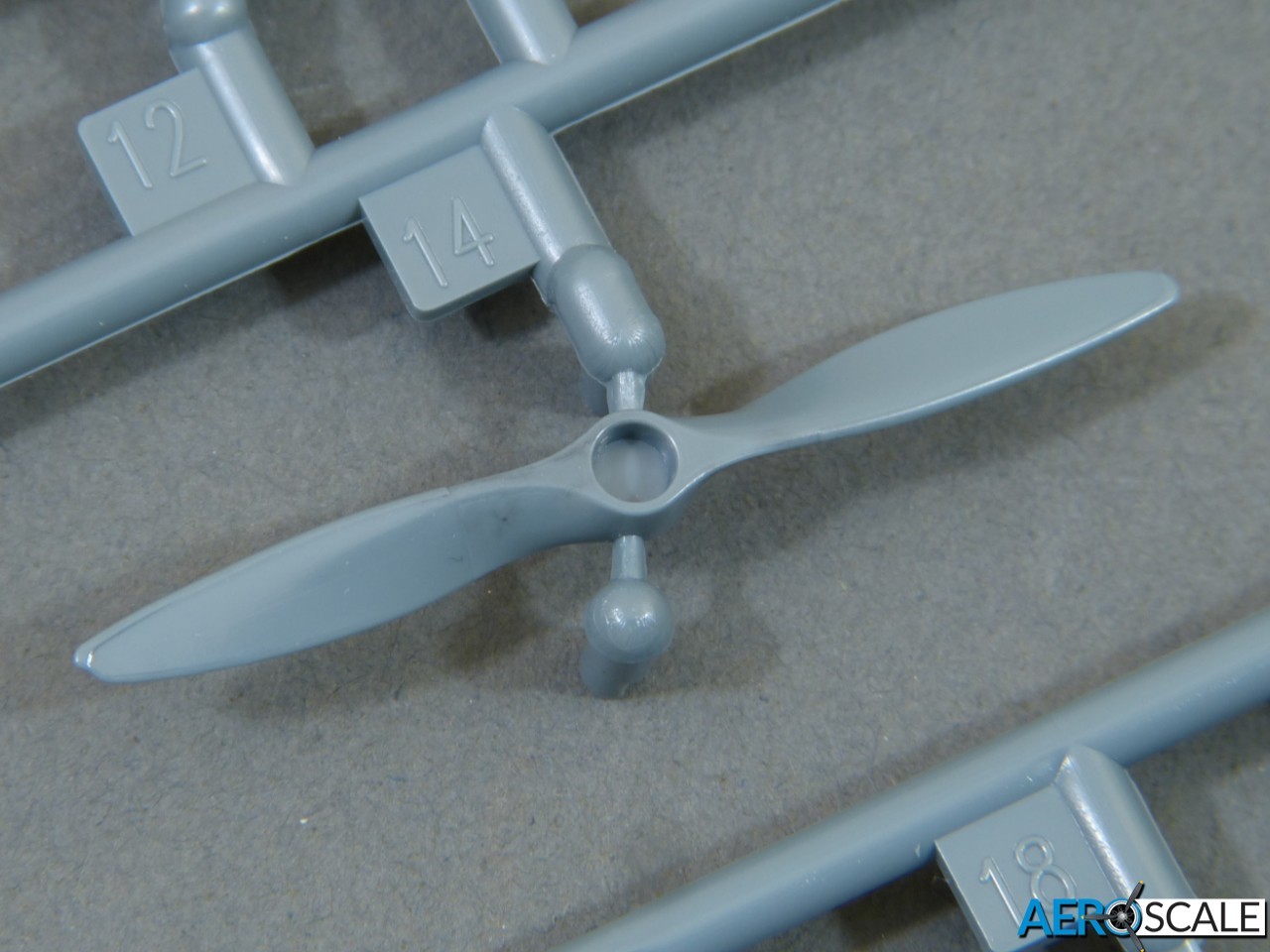
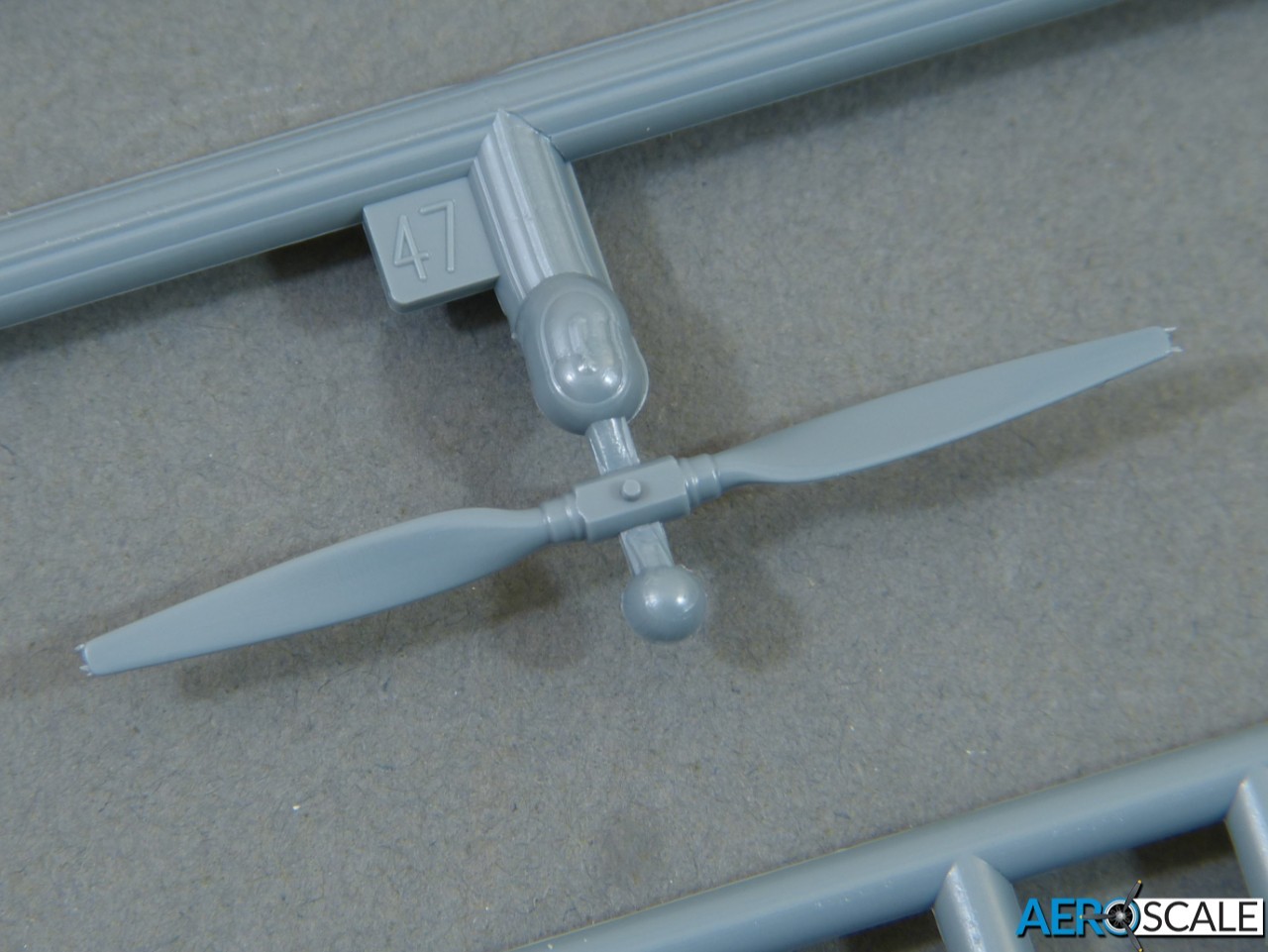
The canopy can be posed open or closed and is crystal clear. The inclusion of die-cut painting masks will be a big time saver. Completing the canopy are a number of etched details, including mirrors, grab handles and latches.
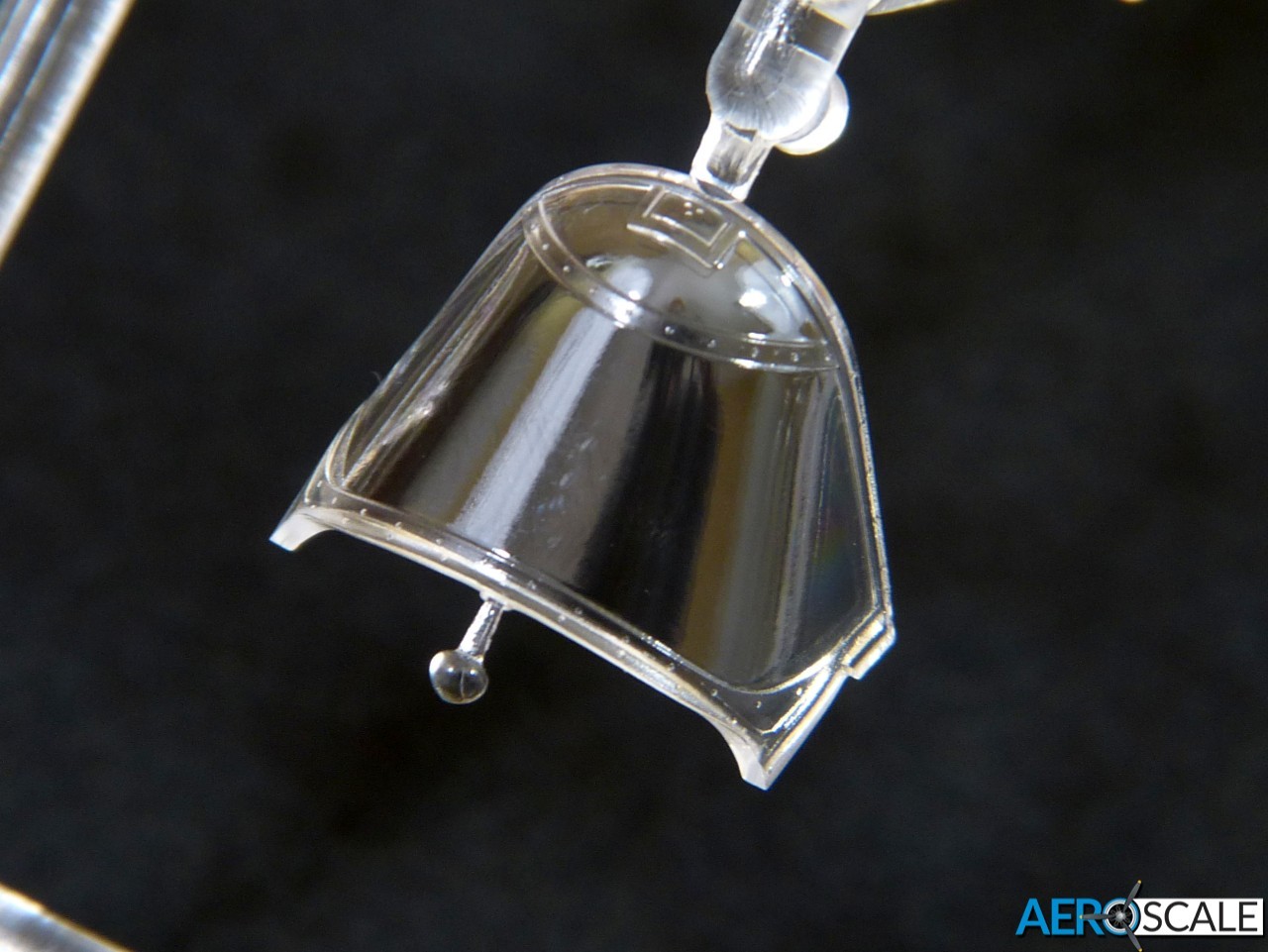

Instructions & Decals
The instructions are printed in colour on glossy paper as a 20-page A4 booklet. The assembly diagrams are clear and the sequence is logical, but there are a lot of cockpit equipment options, so read them careful to match the parts needed against the colour schemes. Colour matches are given for Gunze Sangyo paints.
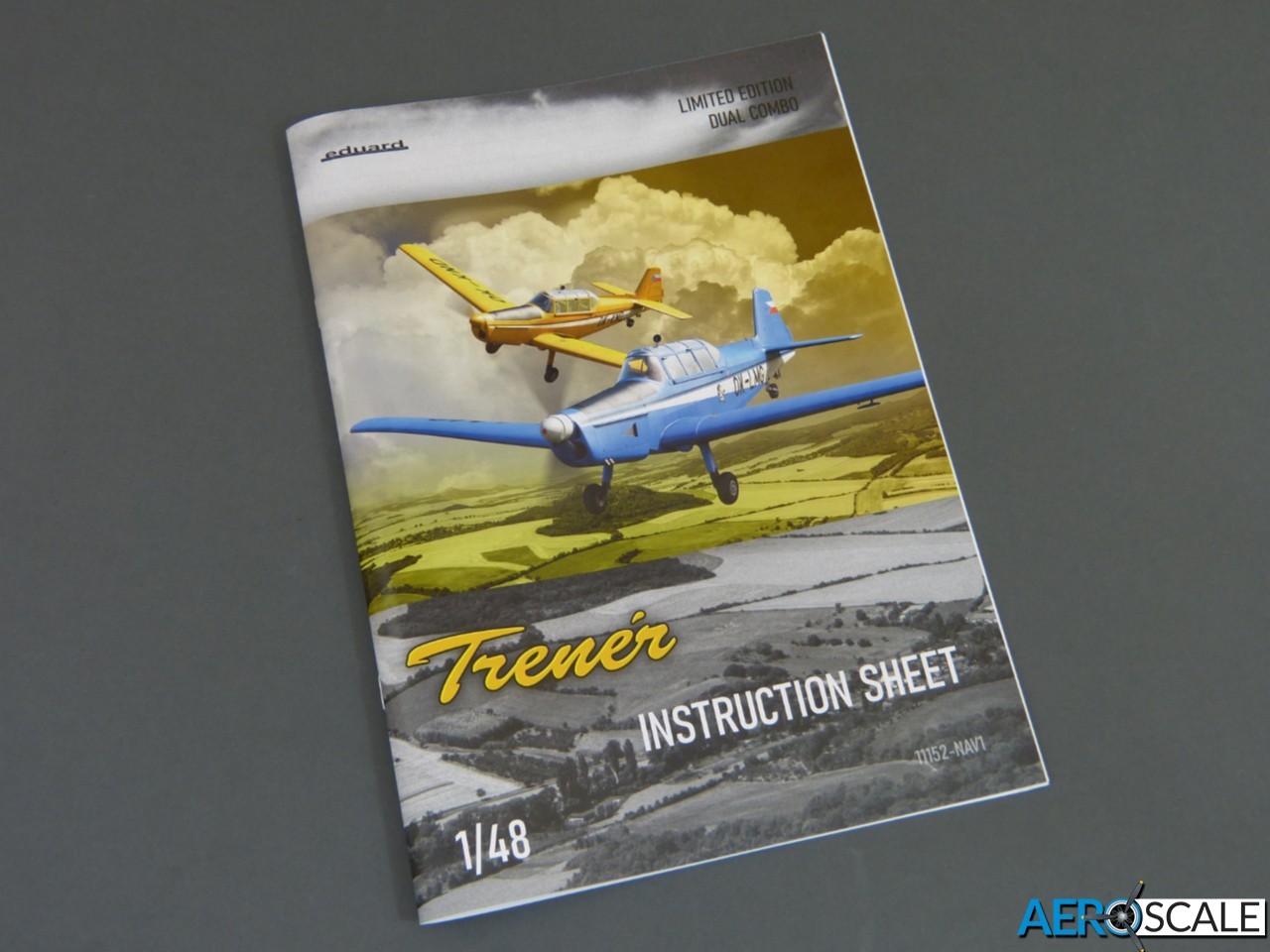
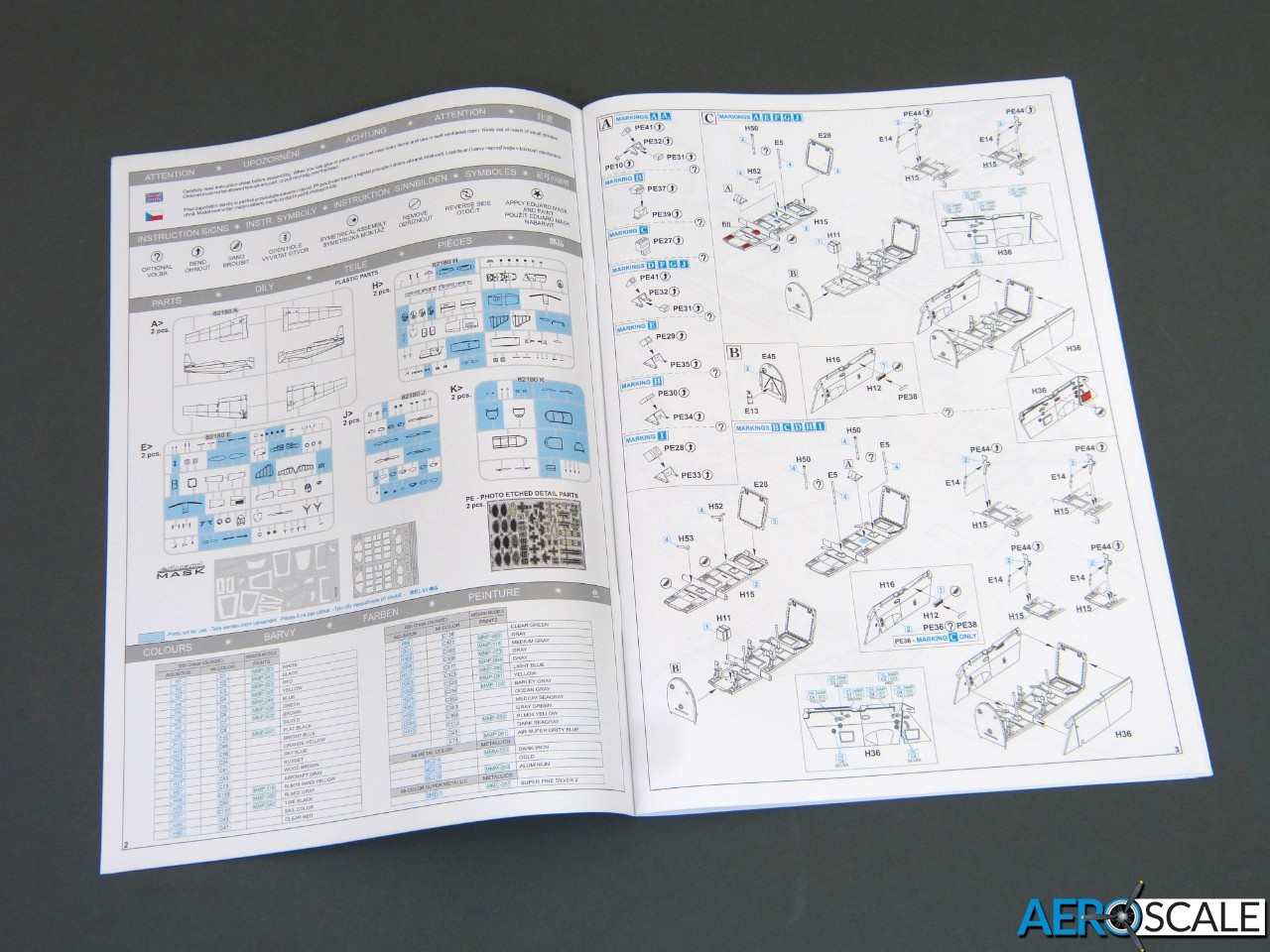
The kit includes two sheets of die-cut washi tape masks. The first, as you'd expect, is for the canopy and wheels, while the second includes patterns for some of the elements in the colourful paint schemes. Even with the help of the latter, some of the liveries will be extremely challenging and will require careful planning, along with measuring and cutting your own masks to reproduce the complex schemes. So, it's welcome that Eduard have also included a few plainer options for anyone feeling less ambitious.
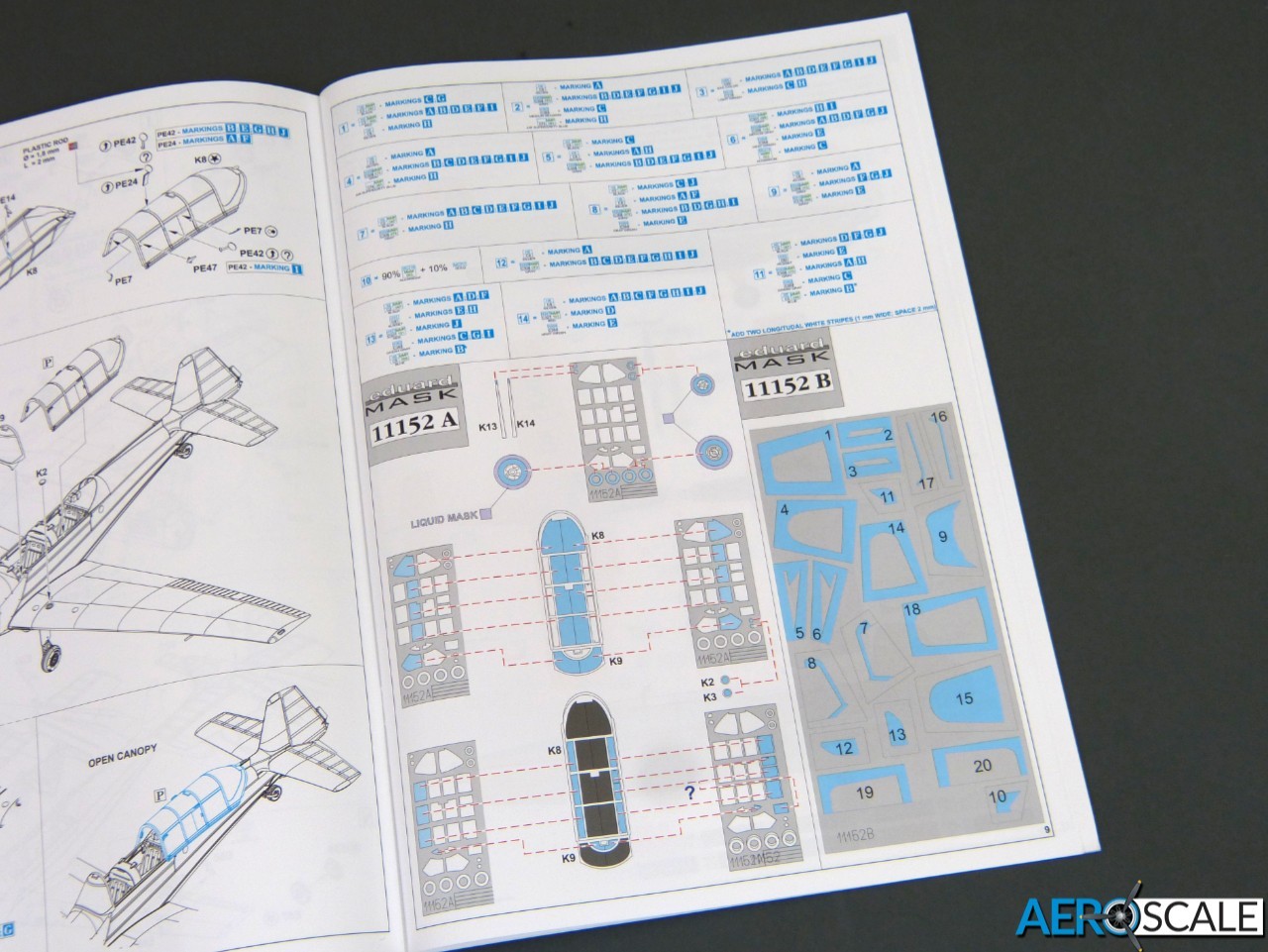
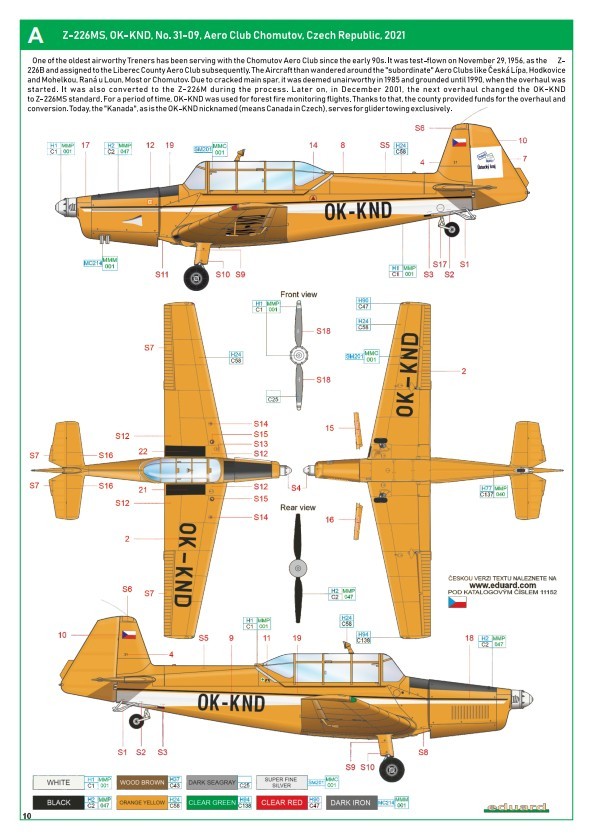


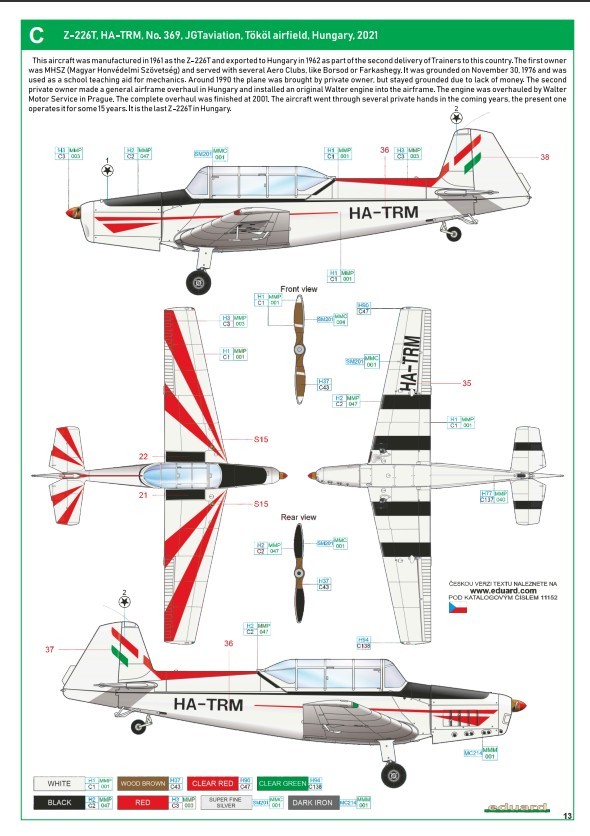
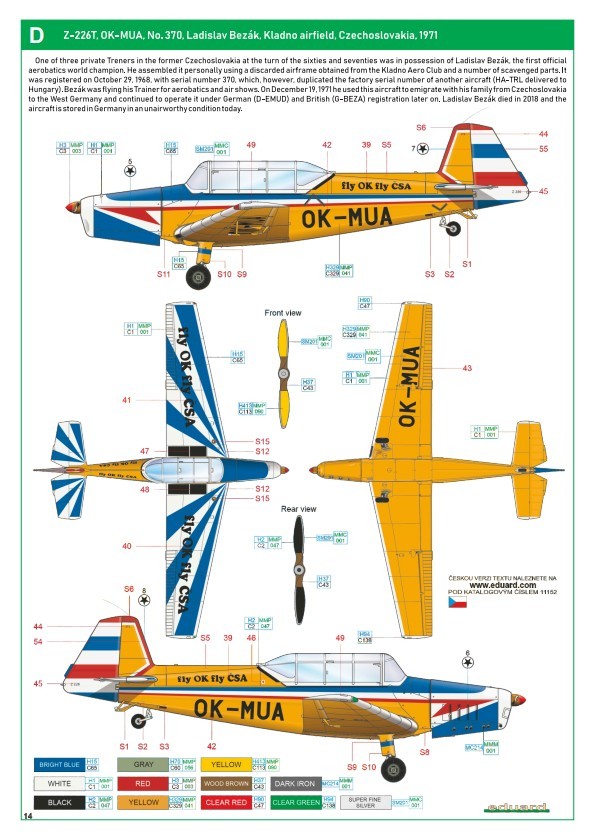
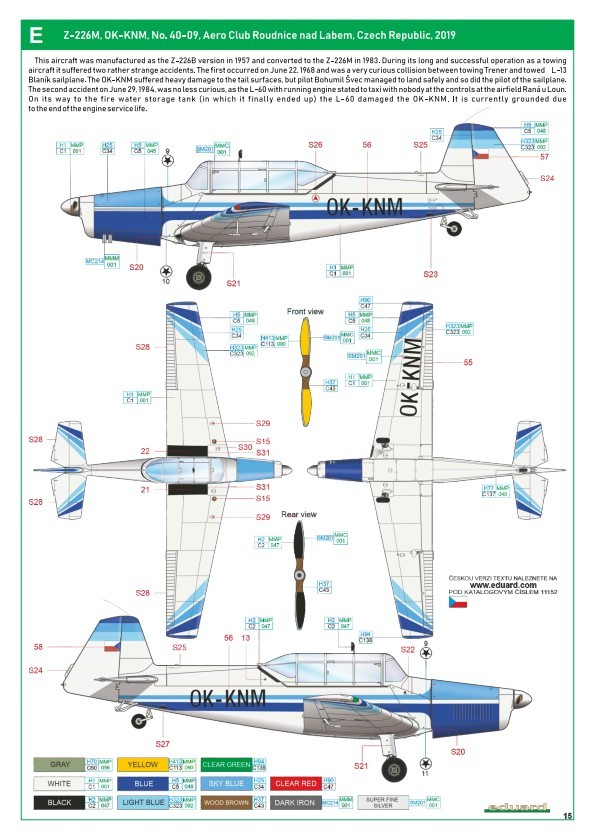
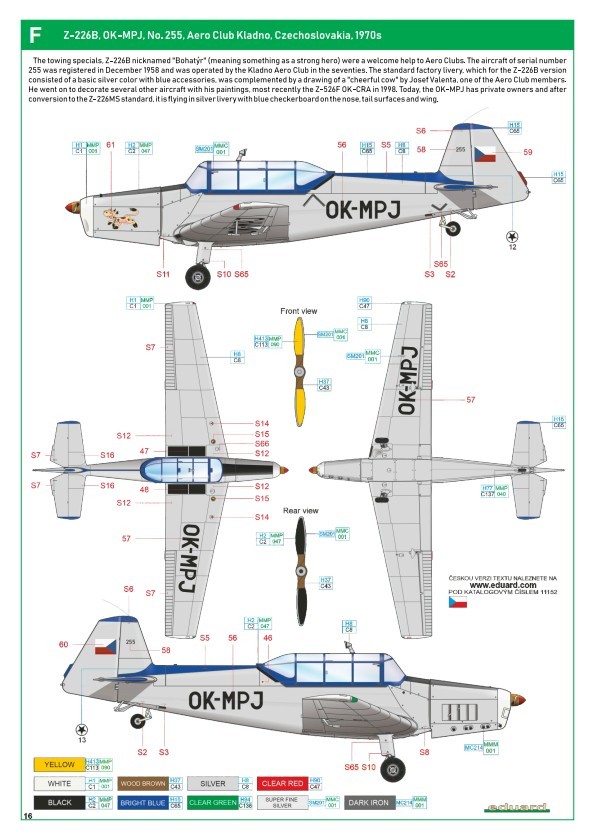
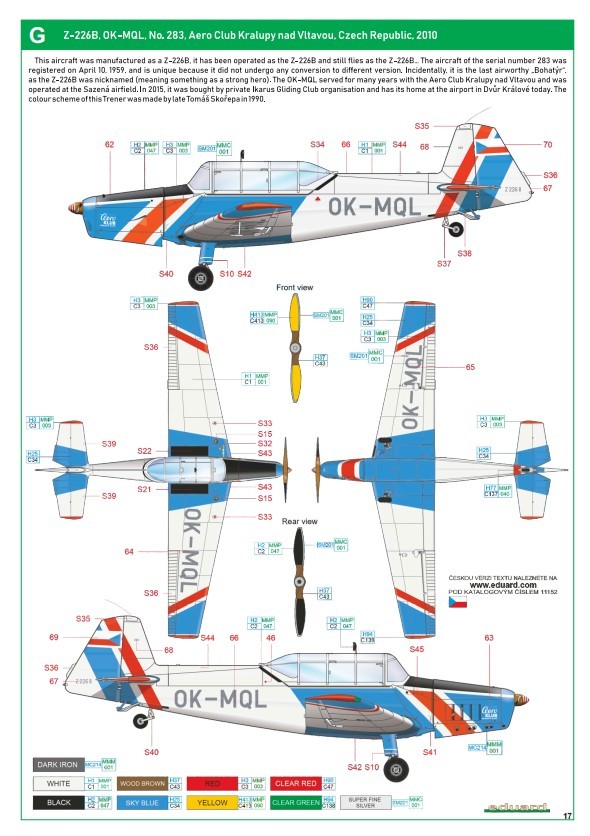
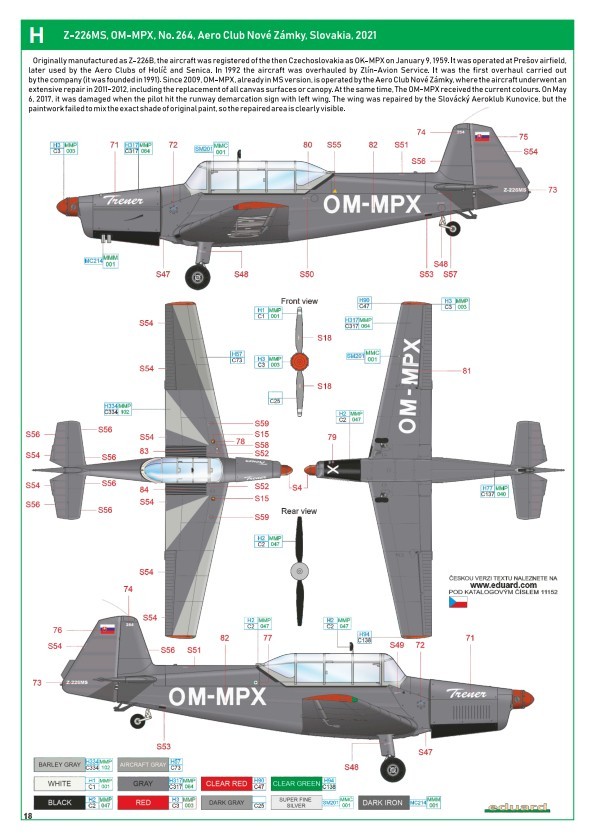

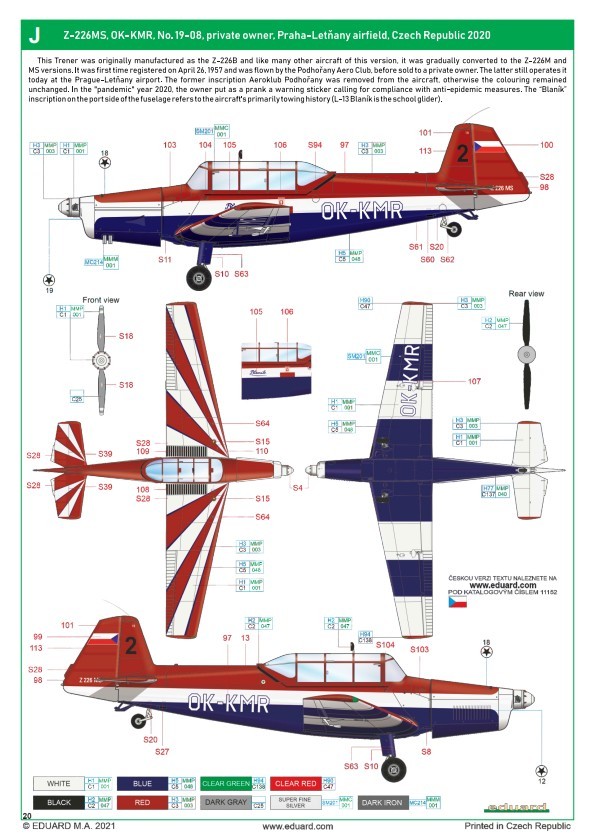
The decals are supplied on 3 sheets, with one devoted to the colour schemes, plus two comprehensive sets of servicing stencils. The quality looks very good, with the items printed in precise register. The decals are thin and glossy, and there is a bit of excess carrier film evident. I've found this snuggles down invisibly when applying Eduard's recent in-house decals, but watch out for the thin items folding over on themselves.

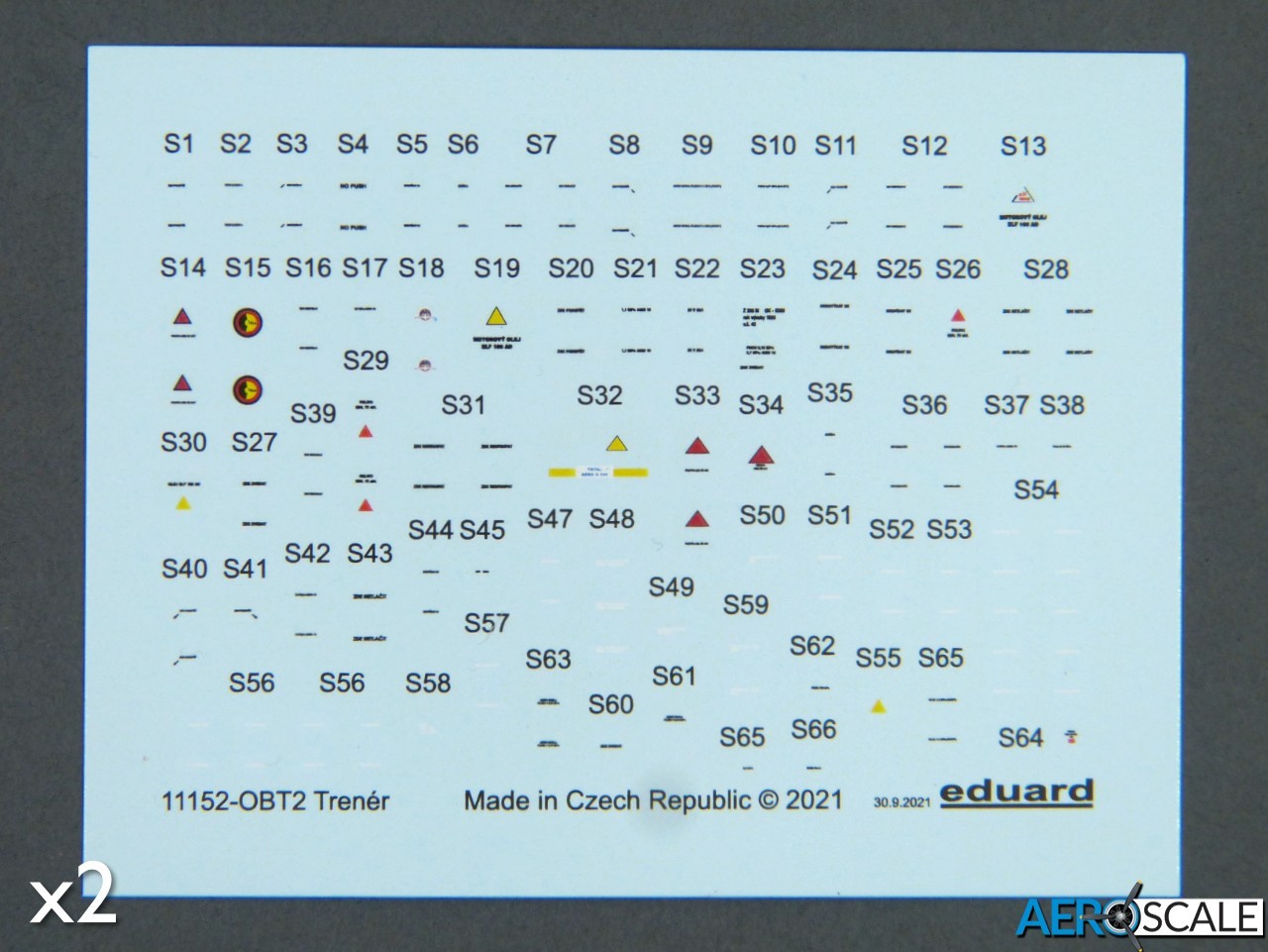
Conclusion
Eduard's Trenér is a lovely little kit that deserves to be a success. It might not be a subject which you are familiar with, but it promises to be a great build and some of the colour schemes offered will be a really enjoyable challenge. Hopefully, if it's popular, we might see Eduard include more classic training aircraft in their range as new-tool kits - I'd love to see them tackle the T-6 Harvard/Texan in this kind of detail.
Kit #11152 is available from Eduard now - Price: £35.59
Many thanks to Eduard for providing the sample kit for review.
Please remember, when contacting retailers or manufacturers, to mention that you saw their products highlighted here - on AEROSCALE


















